I love Komodo diving. On my 11th trip to Komodo, I chose to dive with Ilike liveaboard for the first time this year, and it felt like coming home. The boat is fantastic, and we were rewarded with great weather and amazing dives in Komodo and beyond.
Content of this article:
Getting to Komodo
Getting to Komodo has become more accessible with each passing year. Labuan Bajo is the gateway to Komodo.
There are plenty of flights to Labuan Bajo every day, from Denpasar, Jakarta, Kupang, and even Manado. There are currently no international flights to Labuan Bajo, so you’ll still need to connect in either Bali or Jakarta.
TIP: At the time of writing, Garuda allows 30 kg of diving equipment as free extra baggage, making it the best choice of airline for divers in Indonesia. If you are thinking of booking Lionair because it looks cheaper, do read my review on why I will not fly Lion air Here.
This is Luxury Travel boarded the boat just before lunch. I was coming from the Seraya Resort (you can read my review about it here), and the crew already had a tender ready to shuttle me from the pier to the boat. They provided hotel or airport transfer for the other passengers.
We were welcomed aboard with a cocktail and cold towel and then escorted to our cabins.
The first day was a lazy day, as no diving was planned for that day. We departed at around 4 pm to Bidari Island, where we spent the night. It is only 30 minutes away from Labuan Bajo and is home to a protected bay.
For more information about diving in Komodo, you can read my article here
The Ilike liveaboard and its cabins.
The boat is as lovely as it was on my last trip. You can read my full review of the ship in this article about my previous trip aboard the Ilike.
There were only nine passengers. The boat can comfortably fit 14 passengers and 16 crew members. Needless to say, we were totally pampered for the entire trip.
This time I was in Cabin 5. It’s a standard cabin that has a good position on the boat. Cabin 5 is far away from the machines and is located toward the middle of the ship.
I think it is totally worth paying a bit more for a standard cabin. The budget cabins are only a little bit smaller, but they are located closer to the motor and, therefore, are louder. Also, Cabin 6 is located beneath the stairs, and you can hear the footsteps as people continually go up and down the stairs.
Aside from that, the cabins are very well soundproofed. Not once did I hear the other passengers in the neighboring cabins.
The boat and the cabins are really nice, but what makes this boat truly unique is the staff. They are efficient, proactive, and extremely friendly. The team works hard to promote a pleasant atmosphere, and it shows. On a few nights during this Komodo diving trip, the crew even started impromptu concerts on the deck during sunset.
The food was very good. It was mostly European dishes for the 3 courses dinner. Lunch was buffet style and comprised a mix of Indonesian and western dishes.
We even got treated to lobsters that the crew bought from Fishermans near the Sangean volcano.
Itinerary of the Ilike diving liveaboard from Komodo to Bali
Our journey was a nine-night trip from Komodo to Bali. We spent five days in Komodo National Park before making our way to Bali.
I love Komodo. It is my 11th time there, and I have been diving on every trip. Komodo diving has the perfect combination of healthy and vibrant reefs, plenty of fish, and excellent visibility. Throw in the chance of seeing big fish, like Manta rays, dolphins, and sharks, and you have the ultimate diving conditions.
The itinerary of the liveaboard trip is never fully known in advance because the crew needs to take the weather into consideration. The Ilike crew also communicate with other boats to avoid overcrowded dive sites.
Komodo is getting busier and busier; there must have been over 100 dive boats in the port when we left Labuan Bajo!
Our itinerary was specifically designed so that we would avoid the big crowd. Most day boats dive between 10 and 2 pm, so we avoided the most popular sites around that time, and the Ilike liveaboard did an outstanding job at this. We rarely saw another dive group underwater.
One good thing about diving in Komodo is that the area is not very big and the water is usually very quiet. That meant that the cruising time between sites was quite limited and that there are no overnight cruises while in Komodo. Because of that, it is an excellent destination for first-time cruisers or people who are afraid of getting seasick.
Cruising between the islands is very scenic. The islands are beautiful to look at, and there is no trace of civilization. While traveling, we saw many things jumping in the water, like dolphins, marlins, turtles, you name it.
We also got lucky enough to witness an eagle hunting for fish for about 30 minutes.
TIP: Bring binoculars if you want to watch the wildlife from the boat!
Day 1: Diving with turtles and Dolphins in Central Komodo
We first did a check dive at Sebayur, which was great as I had bought new diving equipment and had to check my weight.
Sebayur is excellent for check diving, as it is very protected and often has a very low current. It has a sandy bottom with a maximum depth of 25 meters. The coral garden at 5 to 8 meters was so beautiful. We didn’t see the turtles that often hang around there, but we did find a ghost pipefish that was very cute.
The second dive at the Tatawa Besar dive site was awesome. Not only are the corals beautiful, but we were joined by a group of six dolphins. We were diving along the slope when we first heard them. They swam toward us for a short encounter, but they, unfortunately, didn’t want to hang out with us. This is my second time meeting dolphins underwater, and it is always a fantastic experience.
We also dove at the Golden Passage dive site. This is an exhilarating dive as the drift can be quite fast through the channel between Komodo Island and Gili LawaDarat.
This is a shallow dive site, its maximum depth is around 20 meters. Here you can find the healthiest hard corals in Komodo. It is an excellent place to spot sharks at 20 meters.
Day 2: Looking for big pelagics in North Komodo
The plan for this day had some of the most action-packed dives sites in all of Komodo.
We started with the Shotgun (also called the Cauldron) dive site by Gili Lawalaut. The Shotgun is one of the most famous dive sites in Komodo. It looks like a canyon with a hole in the middle, hence its alternate name, the Cauldron.
This dive site is mostly a sandy bottom with nice bommies and hard coral. It’s interesting to note that some of the corals here are over 500 years old, the oldest in Komodo.
The current will take you slowly through the first part of the channel until you reach the Cauldron.
The Cauldron hole is 24 meters deep. The wall on the right side is covered in soft corals. There are also many giant trevallies in the crack.
After the Cauldron, the current will start to pick up. This part of the dive is called the Shotgun.
TIP: you need to deflate your BCD at the end of the Cauldron because the depth changes fast, the current can be strong and you don’t want to pop up.
It is an exhilarating drift that can be quite fast. There is plenty of fish around to look at as well. There is no need to fight the current as the drift usually ends up in a quiet sandy bottom with sharks, turtles, and beautiful corals. We saw two turtles mating. We were lucky to spend the last 20 minutes of the dive with two Manta rays and two turtles. It was such an amazing experience.
Our dive at the Cauldron was hard to beat, but our next two dives at Crystal Rock and Castle rock were also amazing.
The Crystal Rock dive site is composed of two submerged pinnacles of Gili Lawalaut. The biggest rock goes up to the surface. The smallest one is 12 meters down.
There was a lot of action at the split with sharks, and we also saw a few sleeping sharks.
The channel between the two pinnacles has sweetlips, big napoleon wrasses, and turtles.
Castle Rock is probably my favorite dive site in Komodo. It is an underwater pinnacle that starts at 5 meters and goes down to 30 meters. This dive site can also have a ferocious current and be one of the most exciting dives in the entire park. There is a lot of big pelagic fishes hanging out in the area. We used our reef hook to stay in the current and witnessed over 20 sharks passing by and circling around. Besides the sharks, the amount of fish present in the current was phenomenal; from white tips to grey nurse sharks. You can tell that it was the mating season in Komodo as many sharks had substantial scars on their back as they were fighting over the female sharks.
Day 3: Meeting the Komodo dragons
Ilike cruises are about much more than diving. This morning we went to encounter Komodo dragons on Rinca Island. We got a bit lucky, and it was my most exciting visit so far. We even got to witness them mate. Two males then started to fight over the female. Usually, if you see the dragons they are lying the sun and not doing much, so this was very exciting.
The day was followed by two more dives at Mawan and SoroLiah.
Mawan is an exciting dive site because Mantas often hang out there. The dive starts with a gentle drift through a coral garden and finishes in a sandy bottom area that has two Manta cleaning stations.
Day 4: Exploring central Komodo in the water and on land
Our first dive of the day was the Pink Beach dive site. The temperature was much colder than in the north of the park.
The pink beach dive site is a gentle beach slope going down to 25 meters. A small wall starts at 15 meters with many crinoids.
Coral catsharks that walk around the wall have been seen there, but we were not lucky to see them. Overall, I found this dive site a bit disappointing after all the fantastic dives we had done in the previous days.
Our next dive would be Manta Point at Makassar Reef. This is the largest dive site in Komodo, spanning over 2 kilometers. It is a sandbank with a sloping beach that is mainly sand and rubber.
The highlight of this site is that there are a few cleaning stations that attract Mantas, Mobula, and Eagle Rays.
We didn’t see any Mantas when we dove Manta Point, unfortunately; there was no current. The dive was, however, interesting as it is full of nudibranchs shrimps and other macro stuff that you can only enjoy when there is no current. We also encountered a few sharks and a marble ray.
It’s worth noting that I have dived Makassar Reef before and have seen up to 30 Manta rays, so with a bit of luck this dive site can be awe-inspiring.
At the end of the day, the Ilike liveaboard organized a sunset drink on Pemilu Island; an island paradise in the middle of Komodo National Park. We explored the beach, the mangrove area, and climbed the hill to see the view from above. We then ended up on the beach with good music, drinks, and a fantastic sunset. Life felt just perfect!
Day 5: Retreating to the north of the park after a failed exploration of the south
Today, we tried to go to the south of the park. The wind and waves were too strong, so we had to turn back for safety reasons. The Ilike liveaboard had to retreat to the north to dive in the more protected sites.
We tried our luck once more with Manta Point at Makassar Reef, and this time we saw two Manta rays.
We also dove again at Castle Rock, but this time there was a lot less current and a lot fewer sharks. It was still a fantastic dive, though.
We then explored the Lighthouse Reef dive site. It is a relatively new dive site, and it was my first time diving it. It is a long ridge at a corner near the lighthouse of Gili Lawalaut. The most interesting parts are the boulders 30 meters at the ridge. They are full of different kinds of fish and sharks. I, however, still found that the ridge at Castle Rock was much more interesting and full of life.
Day 6: Leaving Komodo National Park for Gili Banta
We started the day at the Batu Moncho dive site. Batu Moncho is the beach on the other side of Komodo National Park. It is far from Labuan Bajo, so not many boats make it here.
It is a very beautiful sloping reef going from 5 to 20 meters deep. After 20 meters it becomes a sandy bottom with lots of bomies. There are a ton of leather corals in the shallowest part and plenty of sea fans around 15 meters.
This is a scenic site with a pretty landscape. There was no current, so it was a relaxing dive. We saw a few stingrays, a shark, as well as a huge barracuda. Some areas also have many glassfishes that look very pretty.
We did this dive at 7 am, which was a bit too early as it was still covered by the shade of the mountains behind us. This site is probably better after 8:30 or 9 am.
Our second and third dives of the day were at the K2 dive site at the island of Gili Banta. Gili Banta Island looks like a deer and is located to the west of Komodo Island. You realize that you have left Komodo National Park as there are no more boats around.
K2 is a sloping reef with a small ridge and a wall going down to 25 meters. It has terrific corals and soft corals. The macro lovers in our group were thrilled. There was no current and excellent visibility, so it was a very comfortable dive. We saw a crocodile fish, orangutan crabs, plenty of other crabs, and several nudibranchs. This site didn’t have many big fish, but the colors of the reef were enchanting.
The site along the bay is quite large. We did two dives there and didn’t see the end of it.
The group then did a night dive on Gazer beach. I don’t like night dives and typically don’t do them. I regretted not doing this one as it was the best of all of them. So don’t be like me and miss out on this if you are on Banta Island. The divers saw a walking catshark, a few stargazers feeding, a baby frogfish, and plenty of lionfish.
Day 7: Diving the active volcano on Sangean Island in Sumbawa
The three dives we did on Sangean Island were the real surprise of the trip. I was not expecting that it would be so much fun!
Our first dive of the day was at hot rock dive site at the foot of the Sangean volcano.
It is named as such because there are many underwater bubbles and some of the underwater rocks are incredibly hot. The site is a sloping reef with many bommies.
This site has some of the most delicate corals and soft corals we have seen on this trip. The colors of the coral contrasting with the black sand were simply stunning. There is a fantastic amount of nudibranchs, too. Did you know that nudibranchs mate in groups and are cannibals? They actually eat each other!
On the sloping reef, you can also find sea fans with pygmy seahorses. The site is filled with fish; they’re everywhere! There are tons of fusiliers and damselfishes and dozens of other species of beautiful fish. This was easily one of the prettiest dive sites we have seen during the diving trip. There was a strong current just teeming with life!
Our second dive was on the Lighthouse Reef. It is a sandy slope that turns into a wall at 10 to 30 meters. This dive was mostly about macro.
There was a mix of sea fans, soft corals, and sponges. It is very colorful but maybe a bit less than hot rocks. Some areas have been dynamited for fishing. There were many fishermen from Bima spearfishing, which might explain the lack of big fish at the site.
The third dive was at the Tikno Reef (or black diamond) dive site nearby.
Tikno is a reef mixed with volcanic rocks, and there were a few bommies in the area but for the most part, it was just black sand. Don’t be fooled by the lack of corals and bommies, though. This, too, was a great dive. Probably as good, if not better, than Ambon and Lembeh.
In an hour, we saw at least 20 different nudibranchs (including my first Pikachu!), a wonderpus, ornate ghost pipefish, and plenty of shrimp. We could feel the warmth from the volcano bubbling up from underneath. We also heard a volcanic eruption while underwater. What an experience!
After the third dive, we visited the Bontoh village. It is a traditional village with plenty of animals. The villagers were very welcoming and busy building a boat. Their craftsmanship was quite impressive.
We also enjoyed the sunset off Sangean Island where the volcano was erupting. Unforgettable!
Day 8: Morning dive in Satonda island and cruising to Bali
On our last day, we only had time for one dive on Satonda Island, located in the middle of Sumbawa. There are many sponges with hairy crab lobster. Damaged corals, little fishes and lack of sunshine made this site the least interesting of the whole trip. It was however interesting to contrast it with the amazing dives we have done in the past week and to realize what a fantastic place Komodo and Sangean are.
TIP: be careful if you dive there because I saw a grenade underwater!!
After the dive, we hiked to the lake in the middle of the island; Satonda is an extinct volcano island. The hike was super easy, and the lake and surrounding scenery are definitely worth checking out.
Diving organizations aboard Ilike Liveaboard
Diving is perfectly organized on Ilike liveaboard. There were four dives organized on most days, three-day dives, and one night dive. I don’t like the night dives, so I focused on the three-day dives.
We were divided into two groups, each with our tender boat to shuttle us to and from the dive sites. The crew would even load up all of our equipment onto the tender boat. The service on Ilike is genuinely five stars. The dive deck is one of the biggest ones I have seen on a liveaboard, so it never felt crowded.
The staff would assist us in putting on wetsuits, carrying all the equipment, and they would even welcome us back to the boat with a warm towel. Upon returning from a night dive, they would also offer hot chocolate to warm up the cold night divers.
Diving could not be made any easier. Thirty minutes before the dive time, Patricia, our cruise director, would brief us about the dive site. Her briefing was very informative. They included elements like the dive site’s topography, currents, and depth. Her briefings also included interesting stories about fish and their native habits. I learned quite a lot.
The Ilike liveaboard has been designed with underwater photographers in mind. There is a charging area and a camera area where you can prepare your gear if you’re a photographer. The service offered for cameras is also outstanding. The crew would bring my camera on the boat for every dive. At the end of the dive, they would rinse it in fresh water and place it back on the camera table and dry it for me.
Internet and phone connection in Komodo National Park and the way to Bali
There is no Internet aboard the Ilike liveaboard. If you want a connection during the trip, buy a Telkomsel card for your mobile phone. It cost about 150,000 Indonesian rupees ( ~10 USD) with a data plan for a month.
Telkomsel has the best coverage in the remote regions of Indonesia.
The Internet connection was good in most of Komodo National Park. We often had 3G or 4G a few hours a day, and the boat would usually anchor at places with an Internet signal for the night.
We had no coverage ( not even phone service) on the way to Bali for two days between Banta Island and the Sangean volcano.
Then, on the crossing through Sumbawa and Lombok, it was on and off; the Internet only being available when we neared towns and villages.
Bali has good 4G coverage.
TIP: The Internet signal is better the higher you go on the boat. It would often not work in the cabin, but it would on the sun deck. Don’t expect the connection to be good enough to download movies, but it was certainly good enough for web surfing, checking emails, and using messenger services.
When to dive in Komodo
The high season in Komodo is mid-June to the end of September. This is the dry season with blue skies and great visibility. You can, however, dive in Komodo the rest of the year and have a higher chance of seeing Manta rays during the wet season.
Conclusion of my diving liveaboard from Komodo to Bali:
Exceptional diving, a comfortable boat, and a friendly crew are the critical ingredients to having a fantastic dive holiday. Komodo has earned its status as one of the best diving spots in the world and is now attracting crowds. Sangean island is impressive as well, but it is still undiscovered, so go there now before it becomes too popular.
For more information and booking, contact Ilike liveaboard.

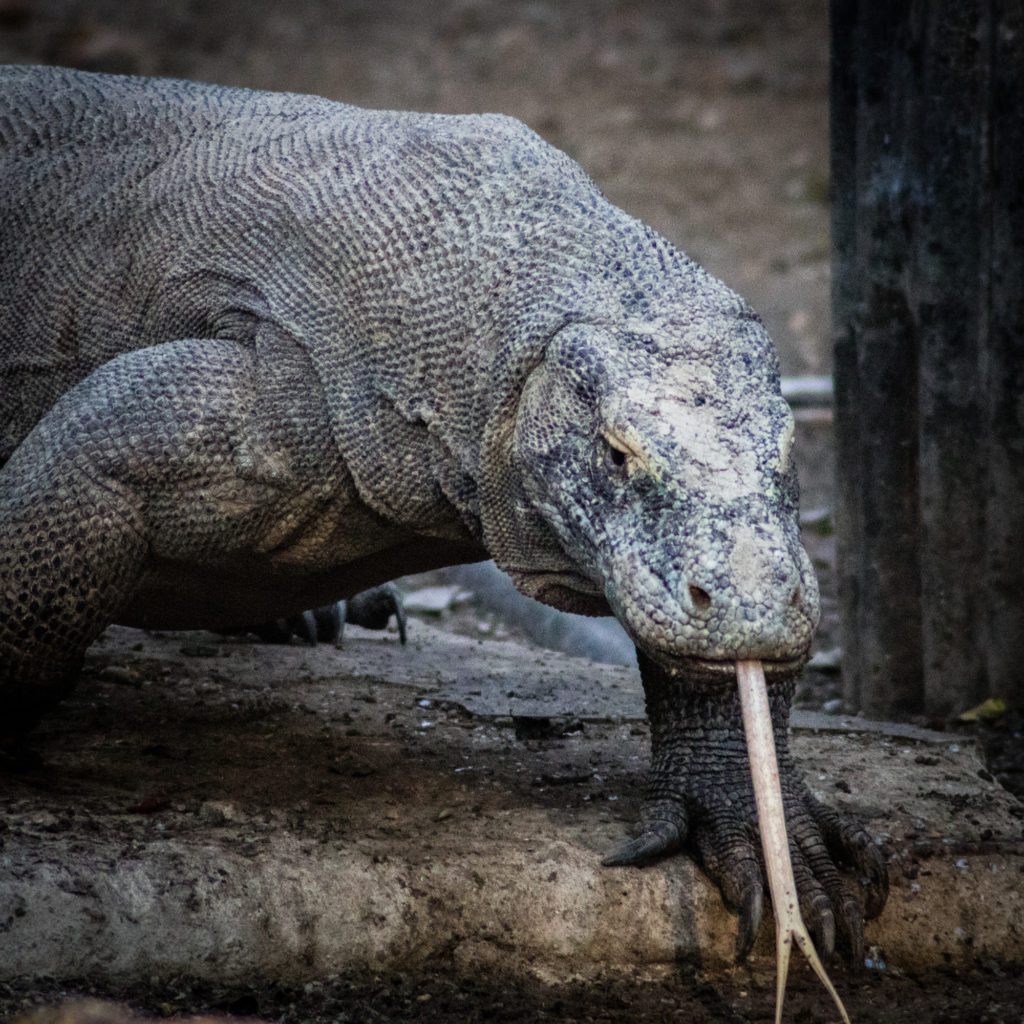
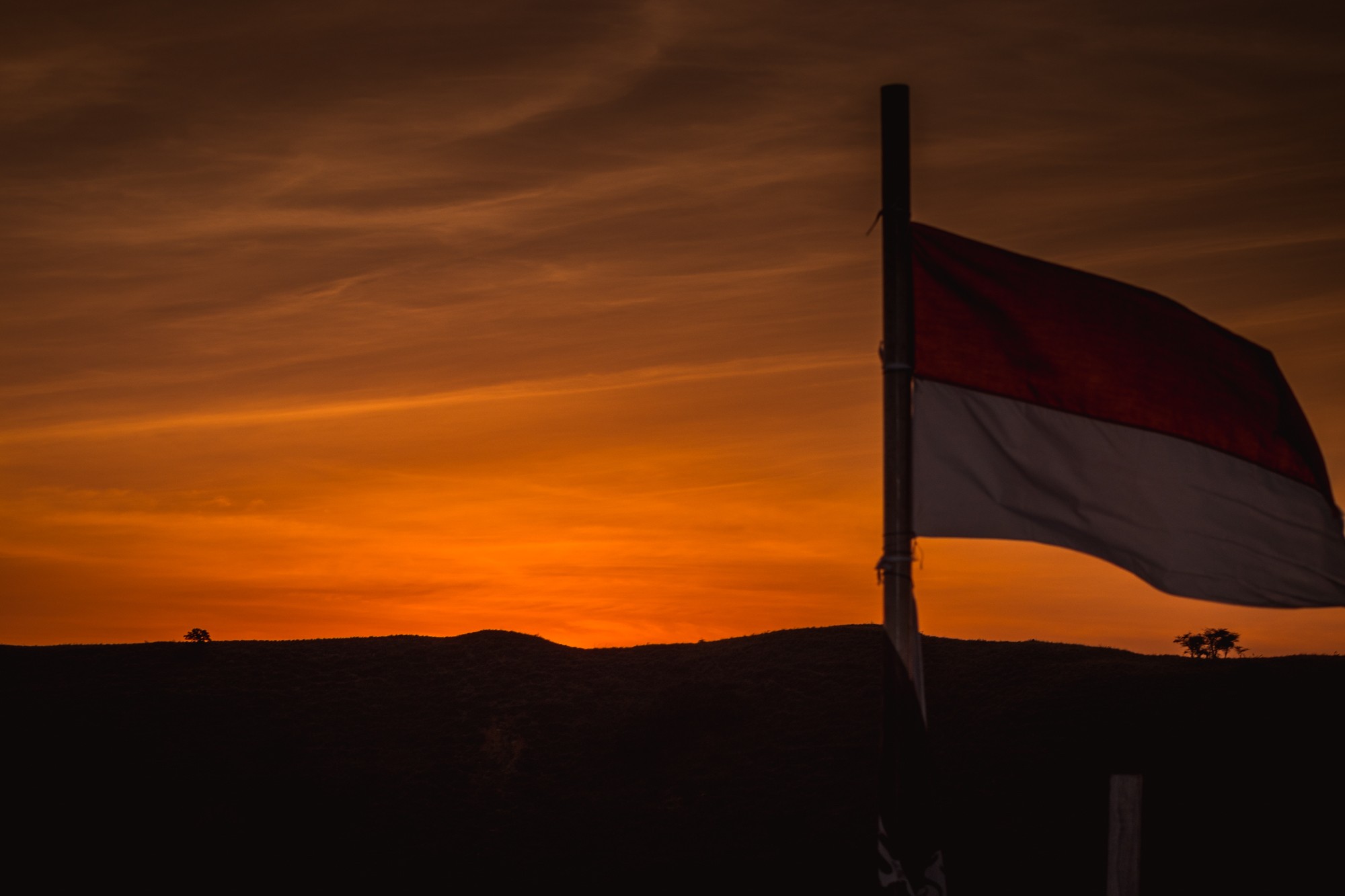
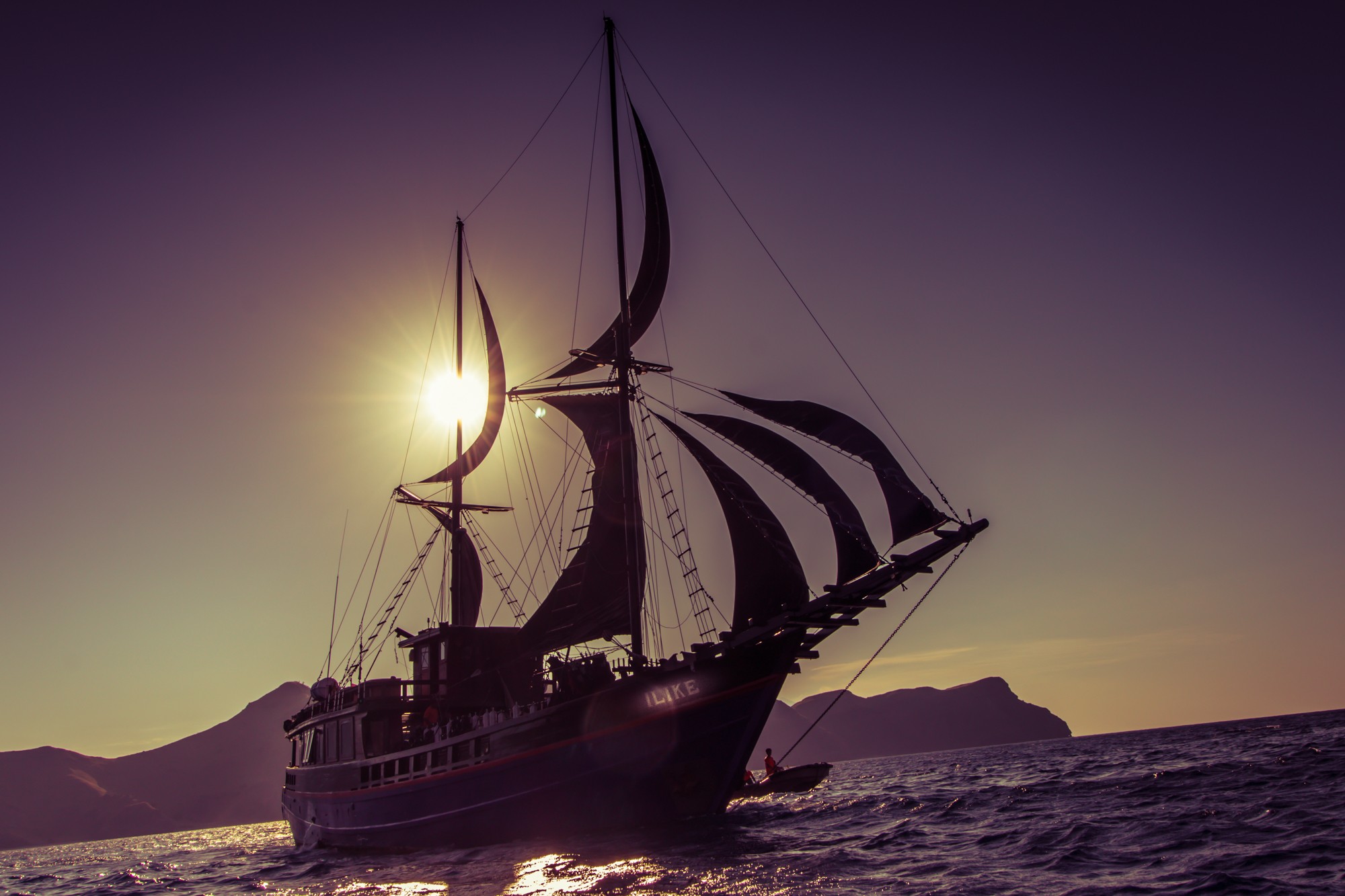
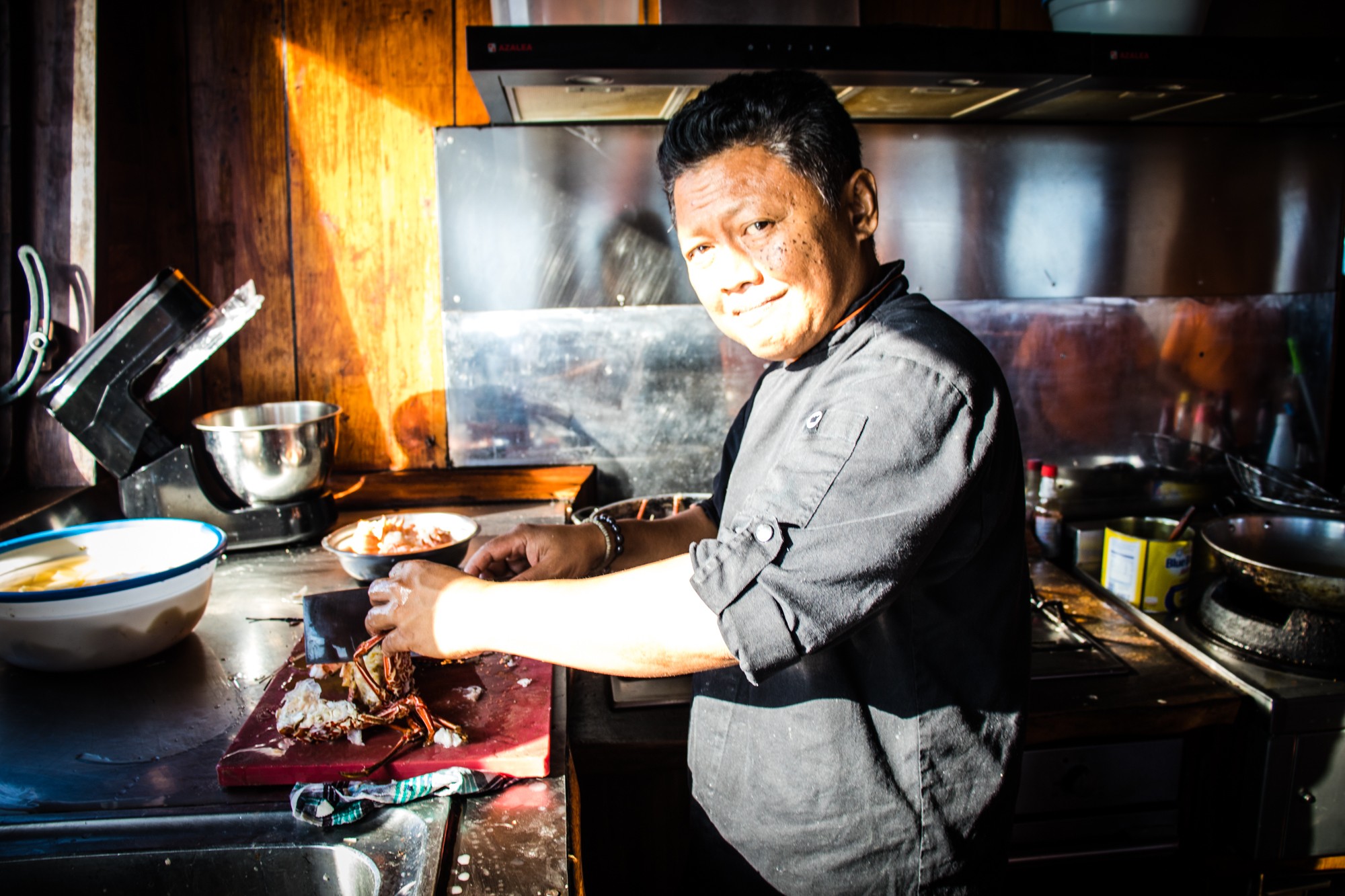
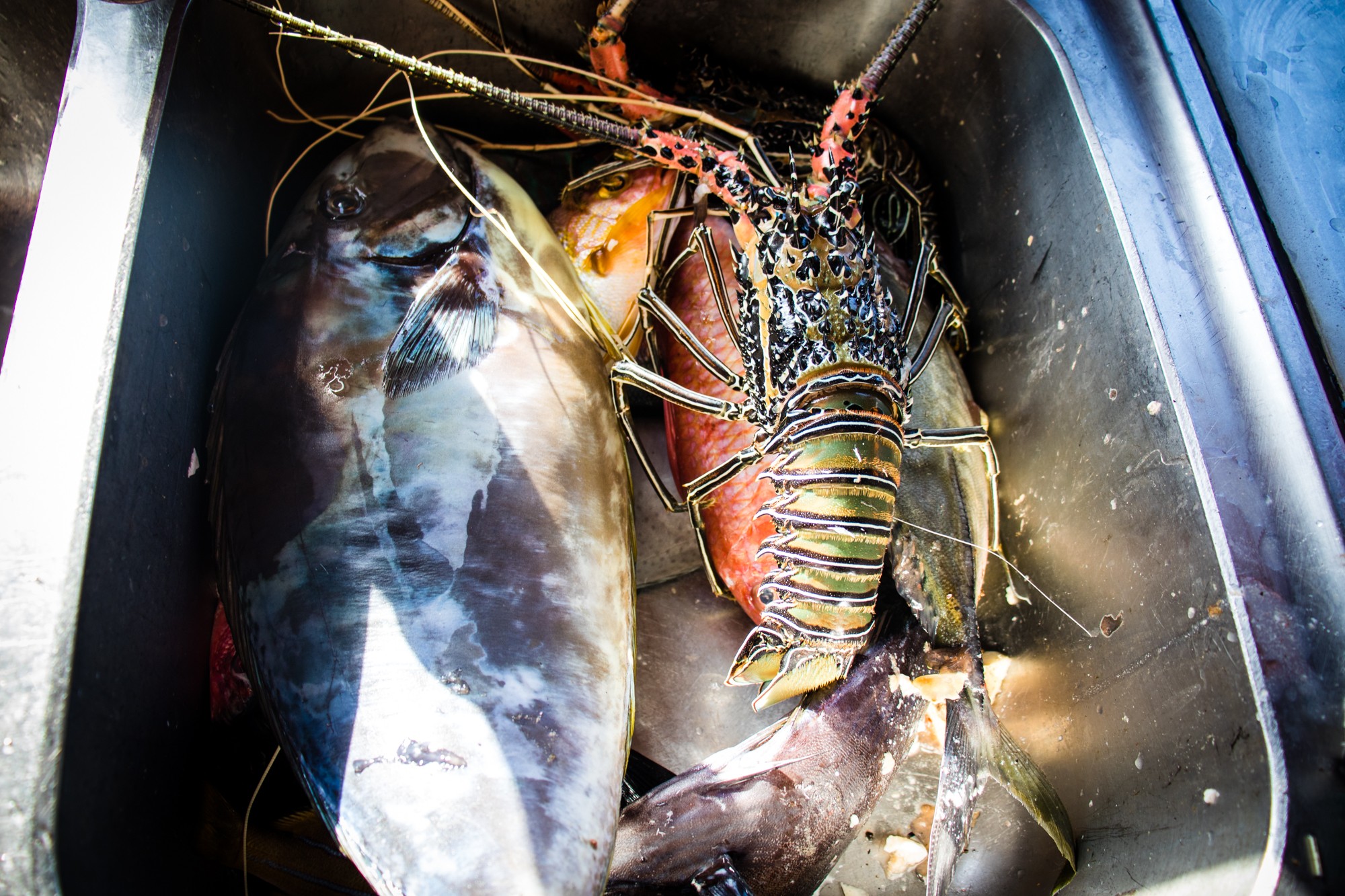
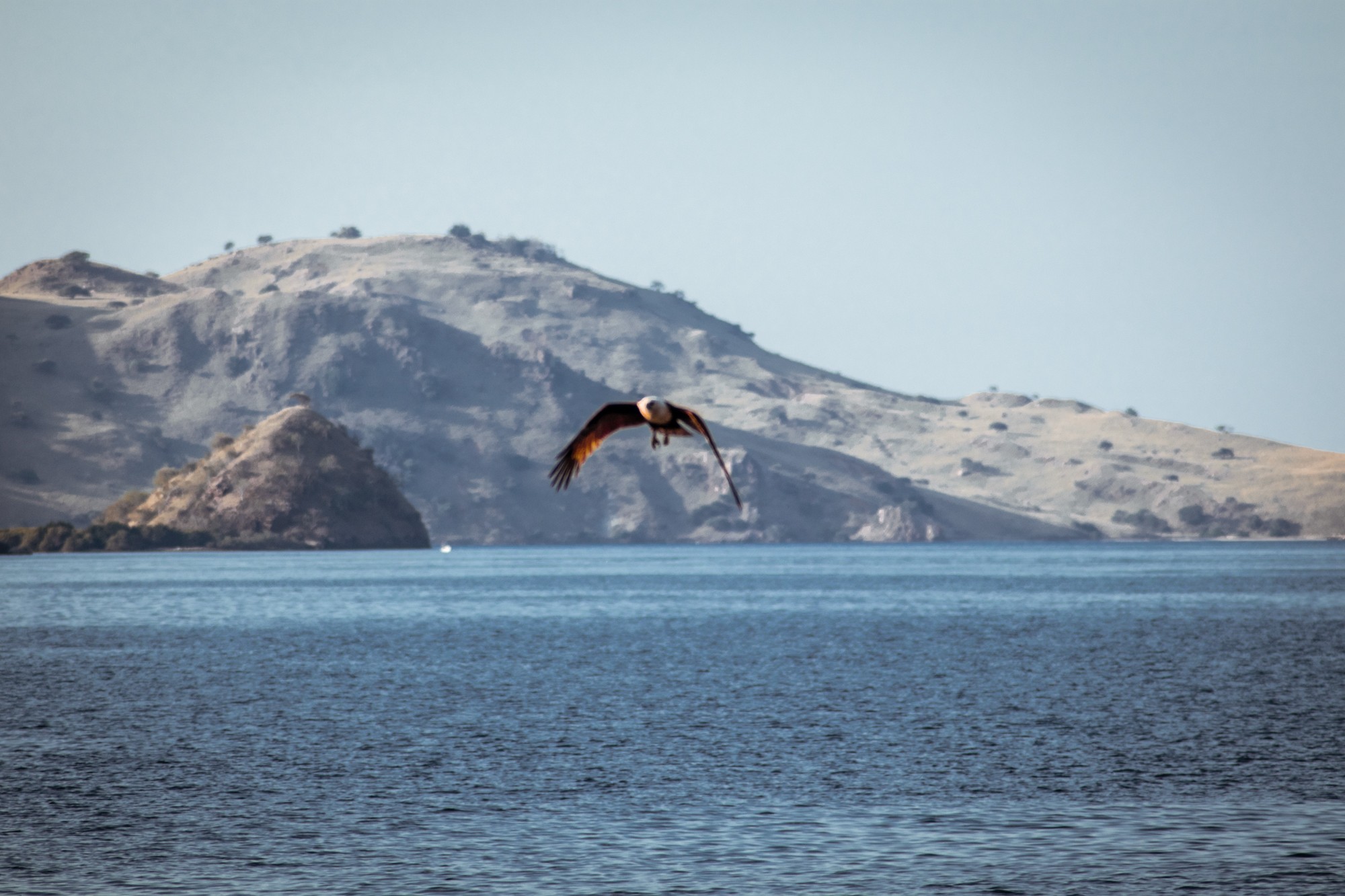
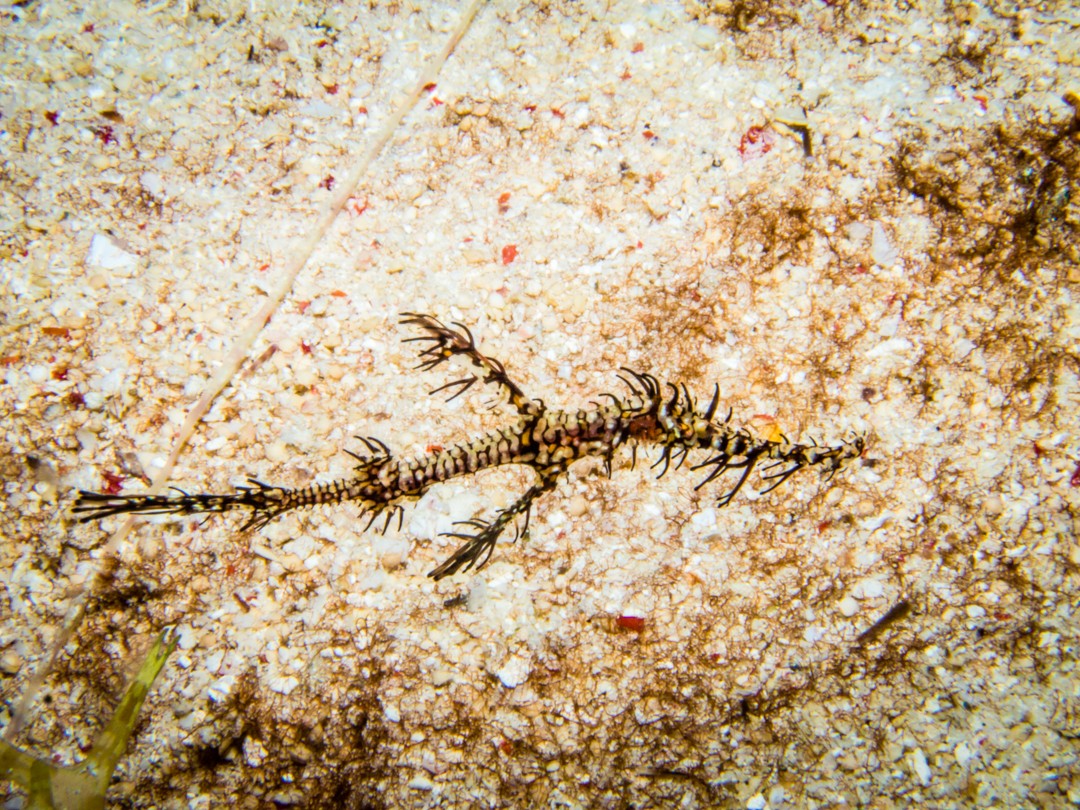
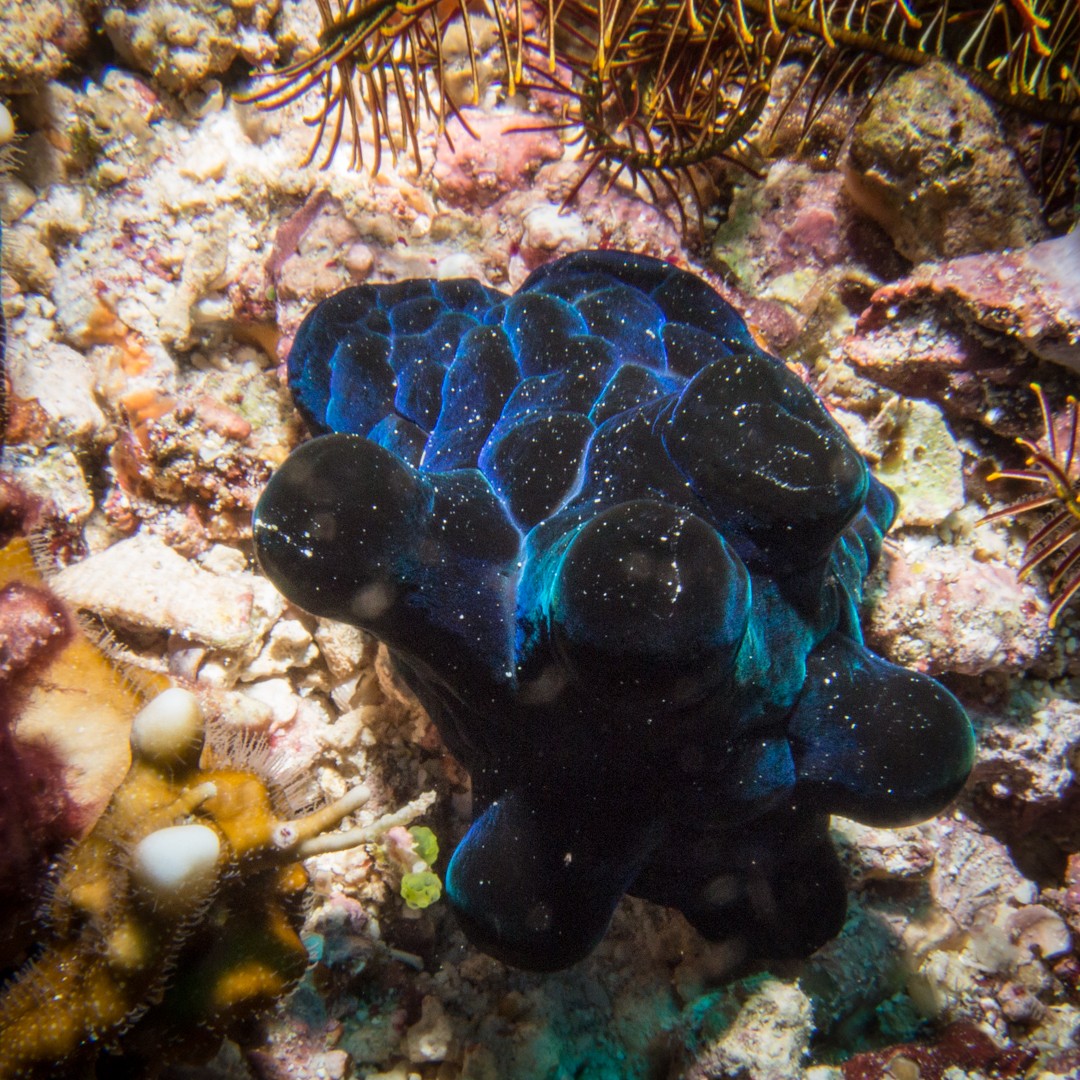
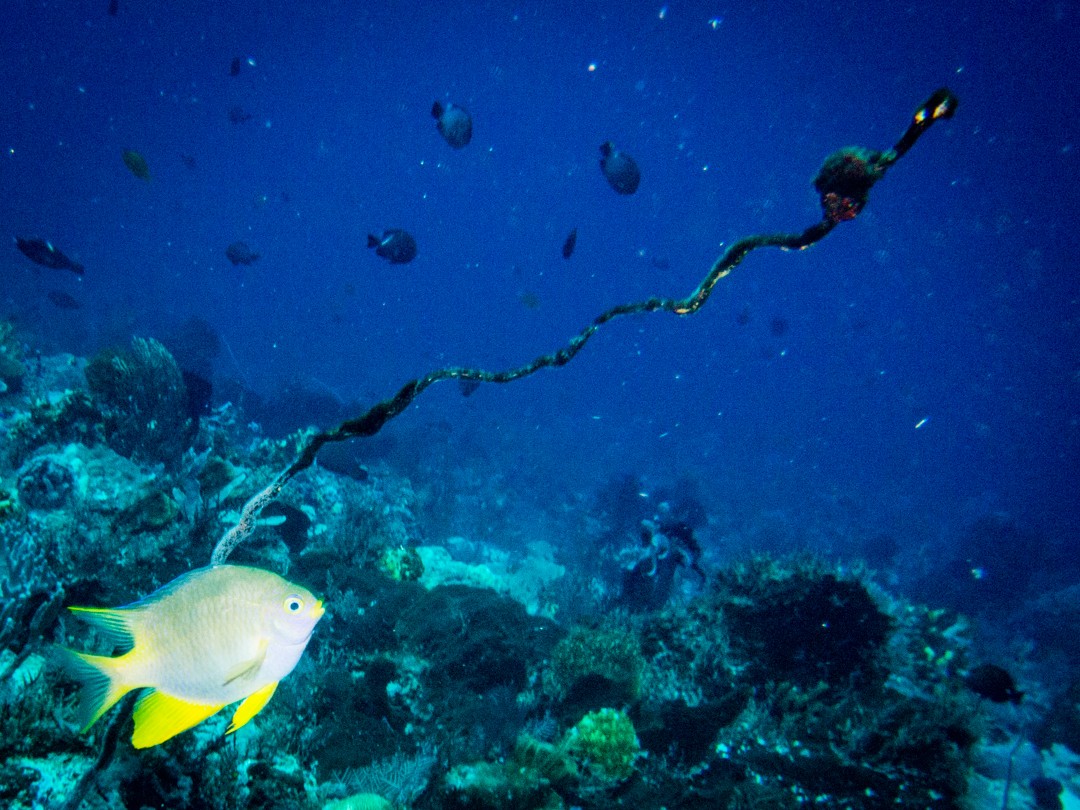
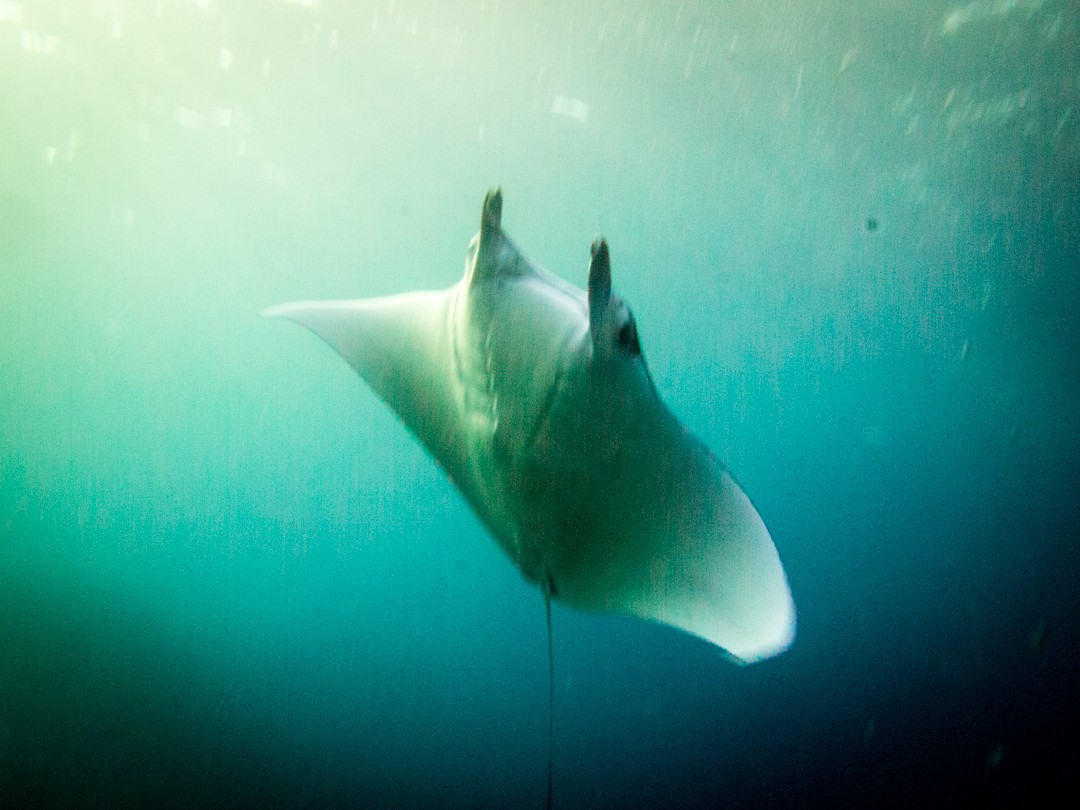
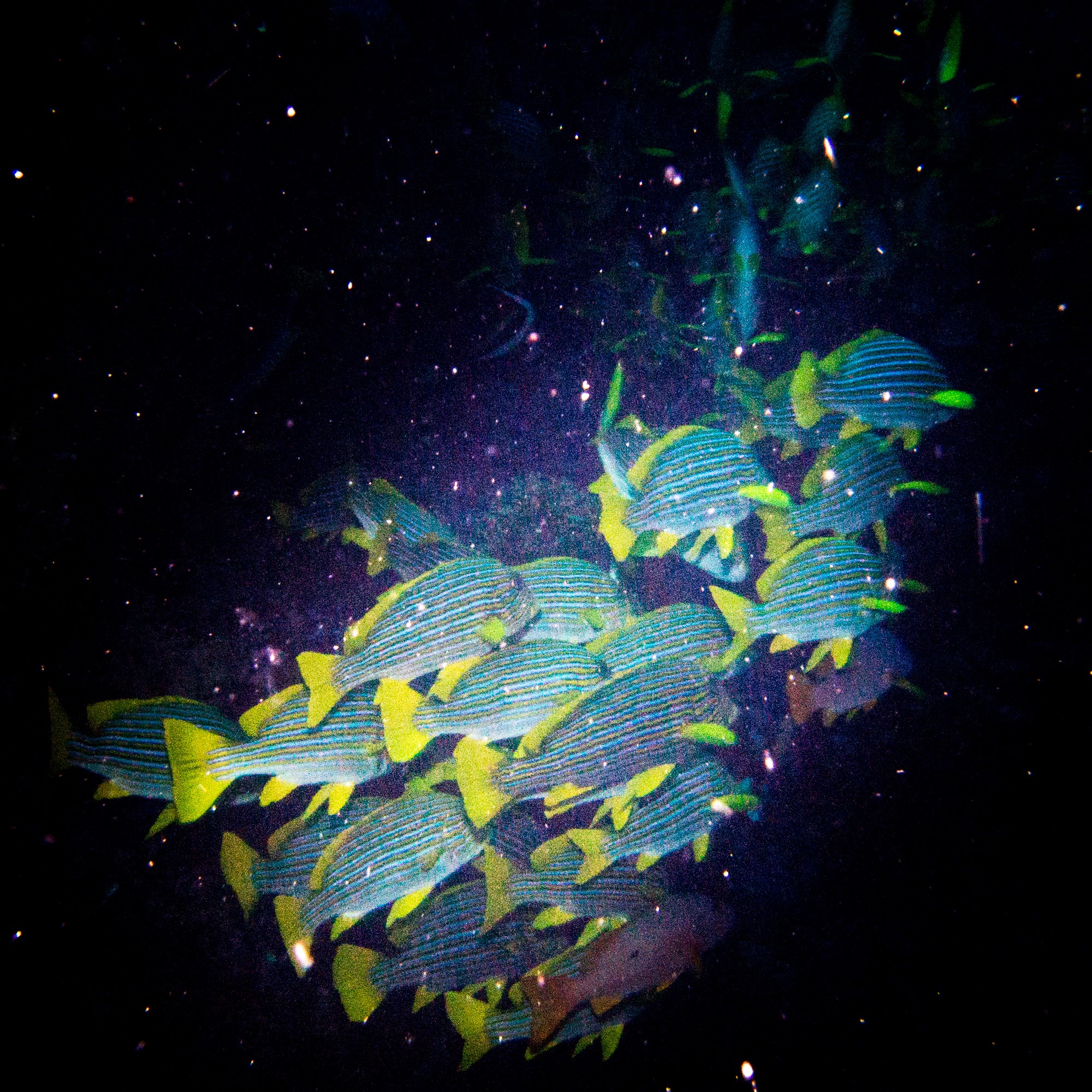
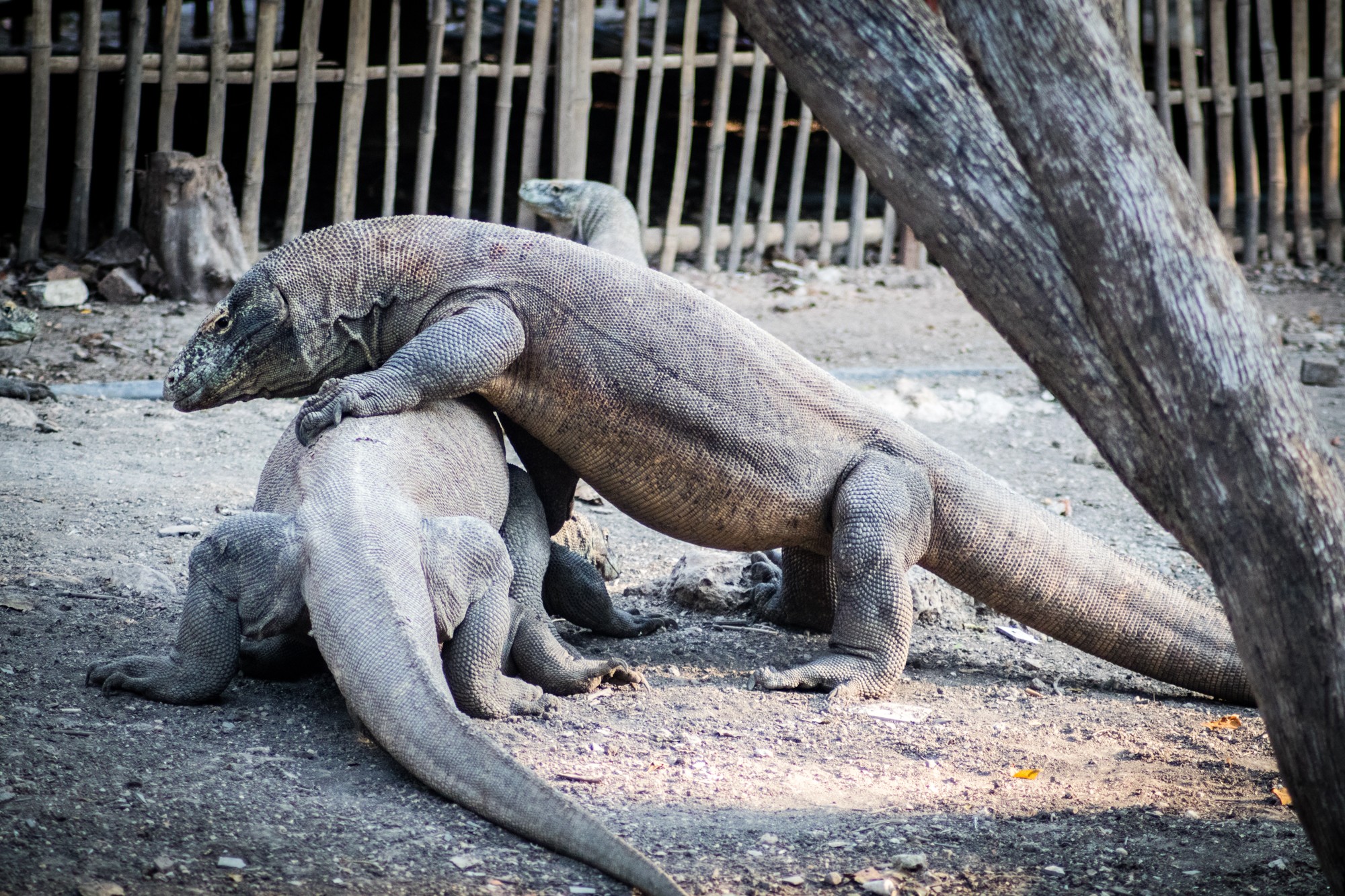
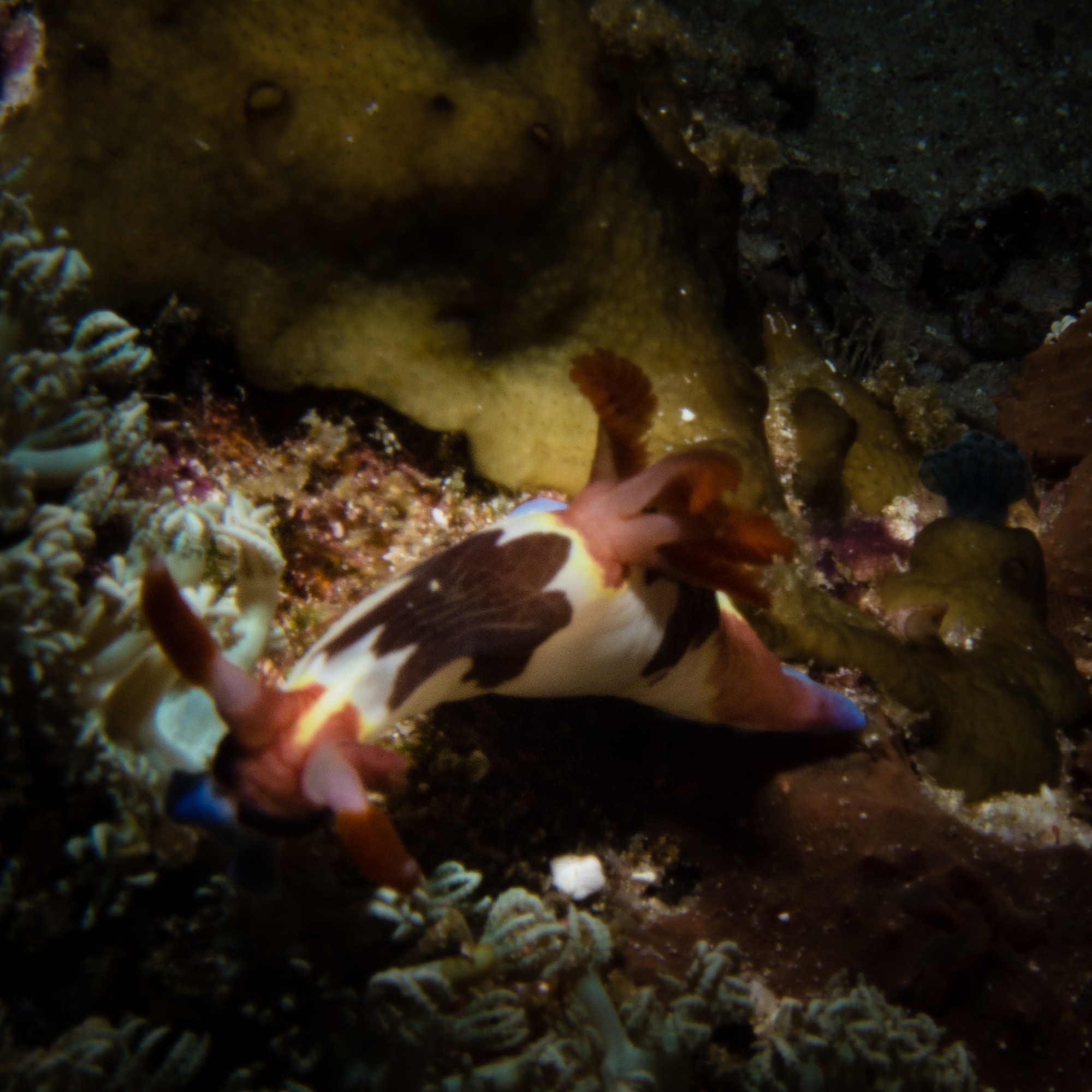
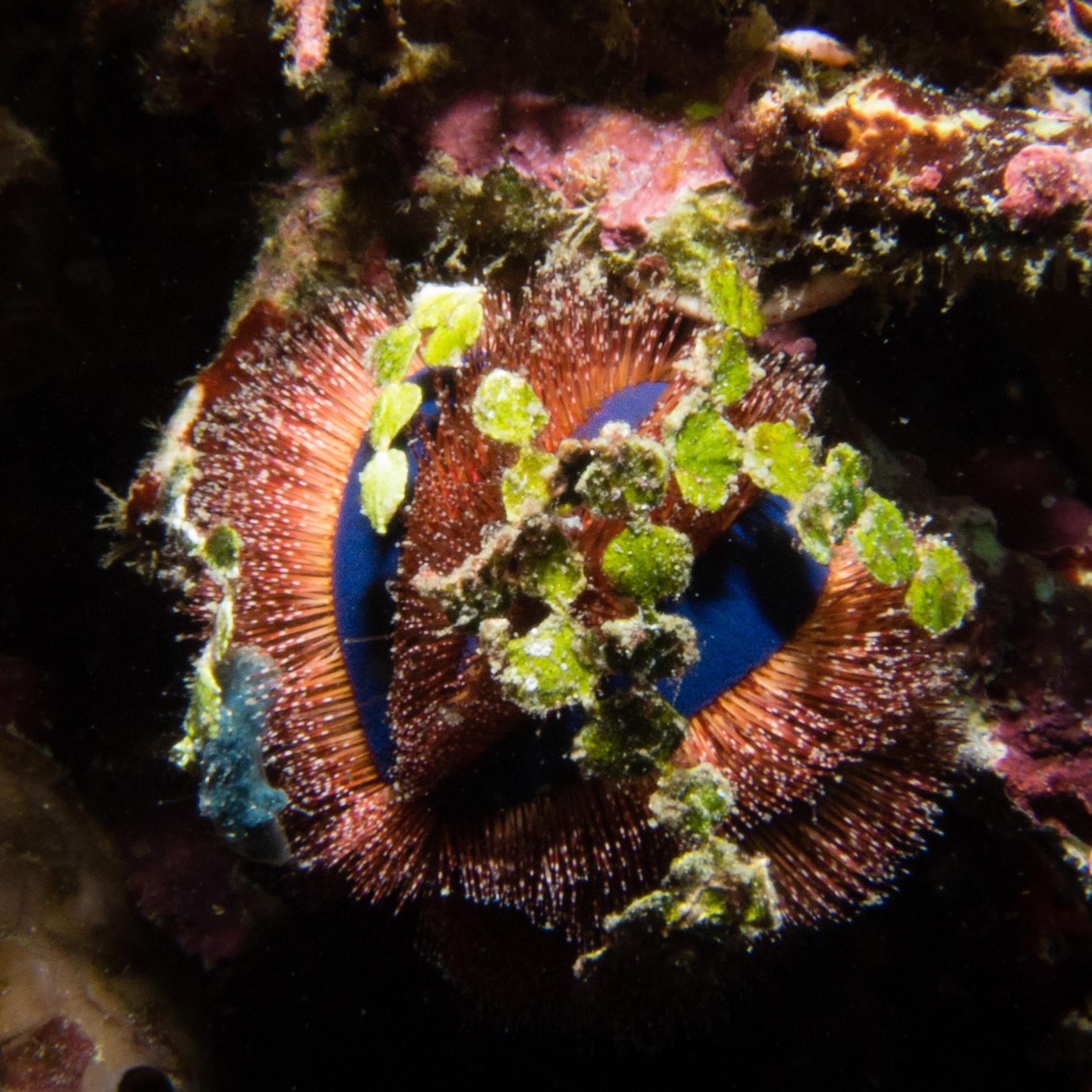
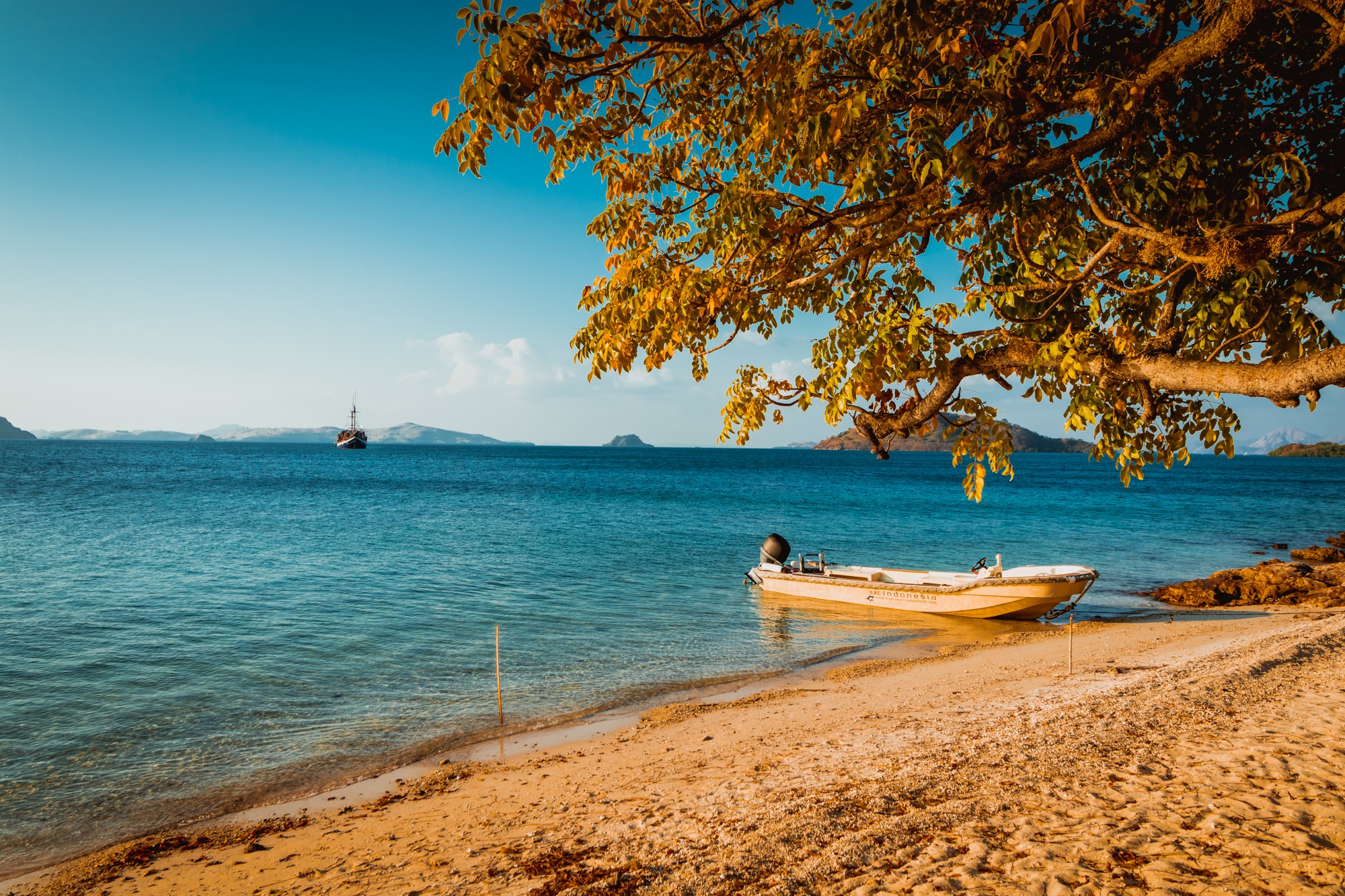
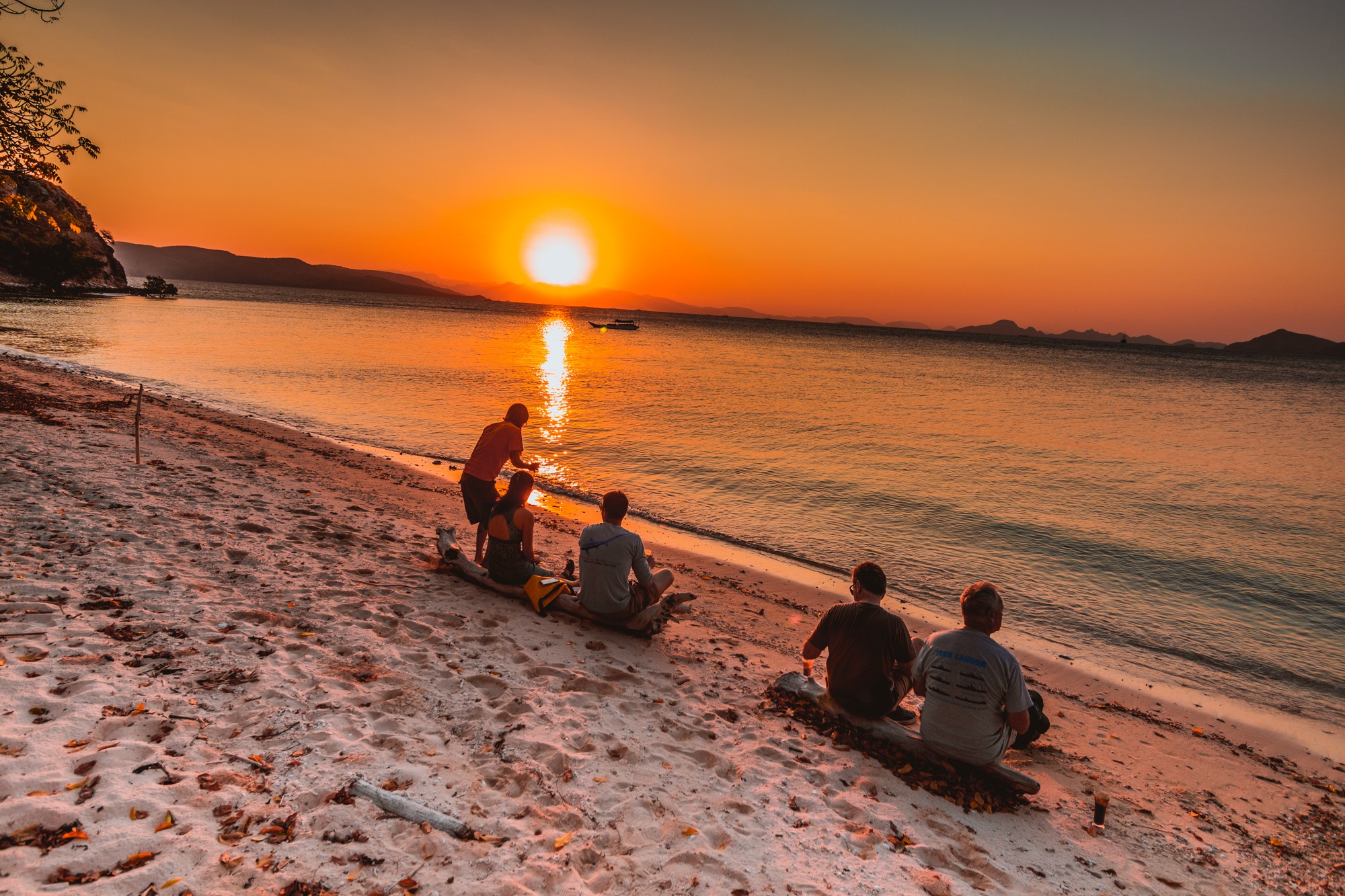
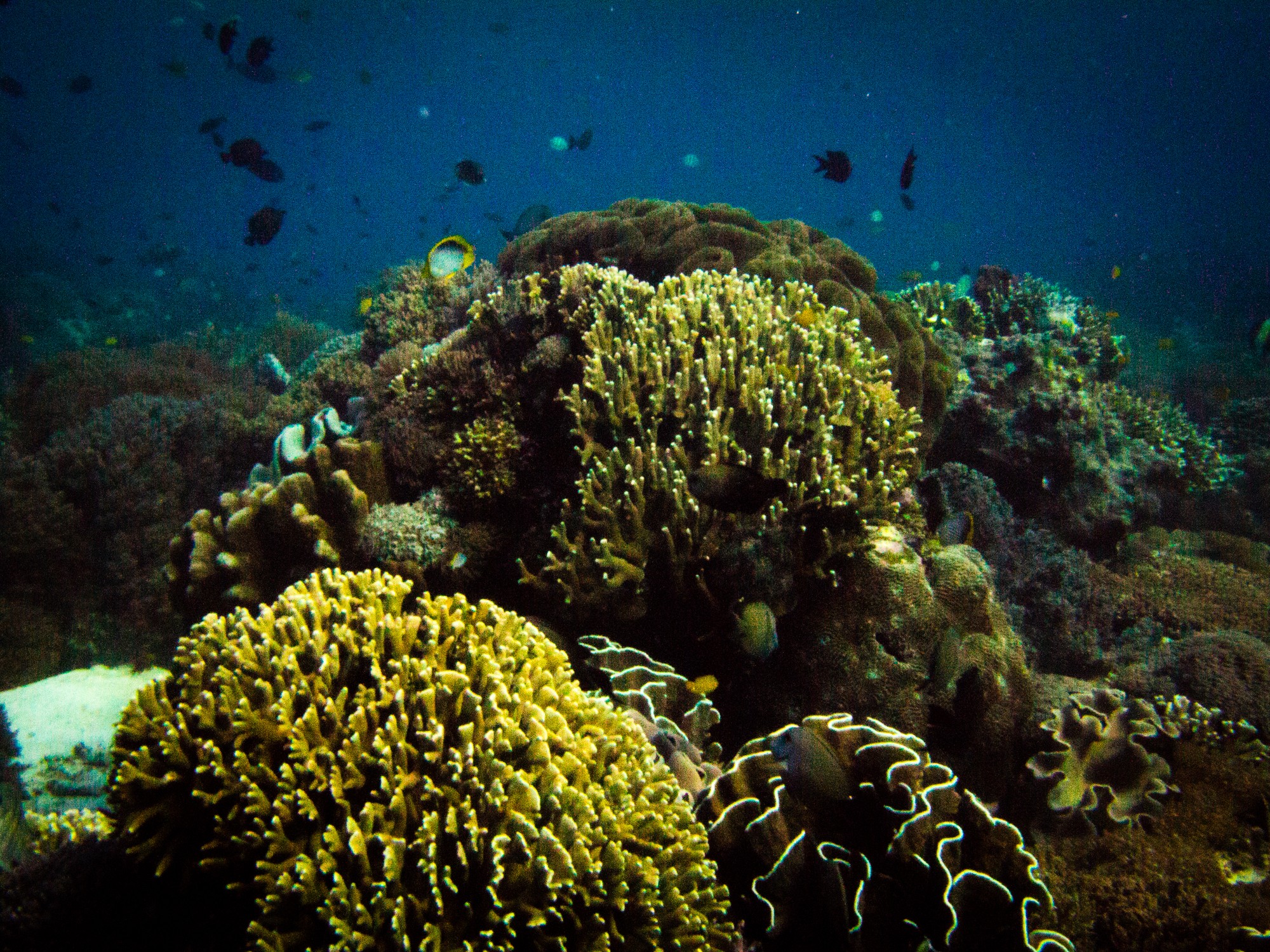
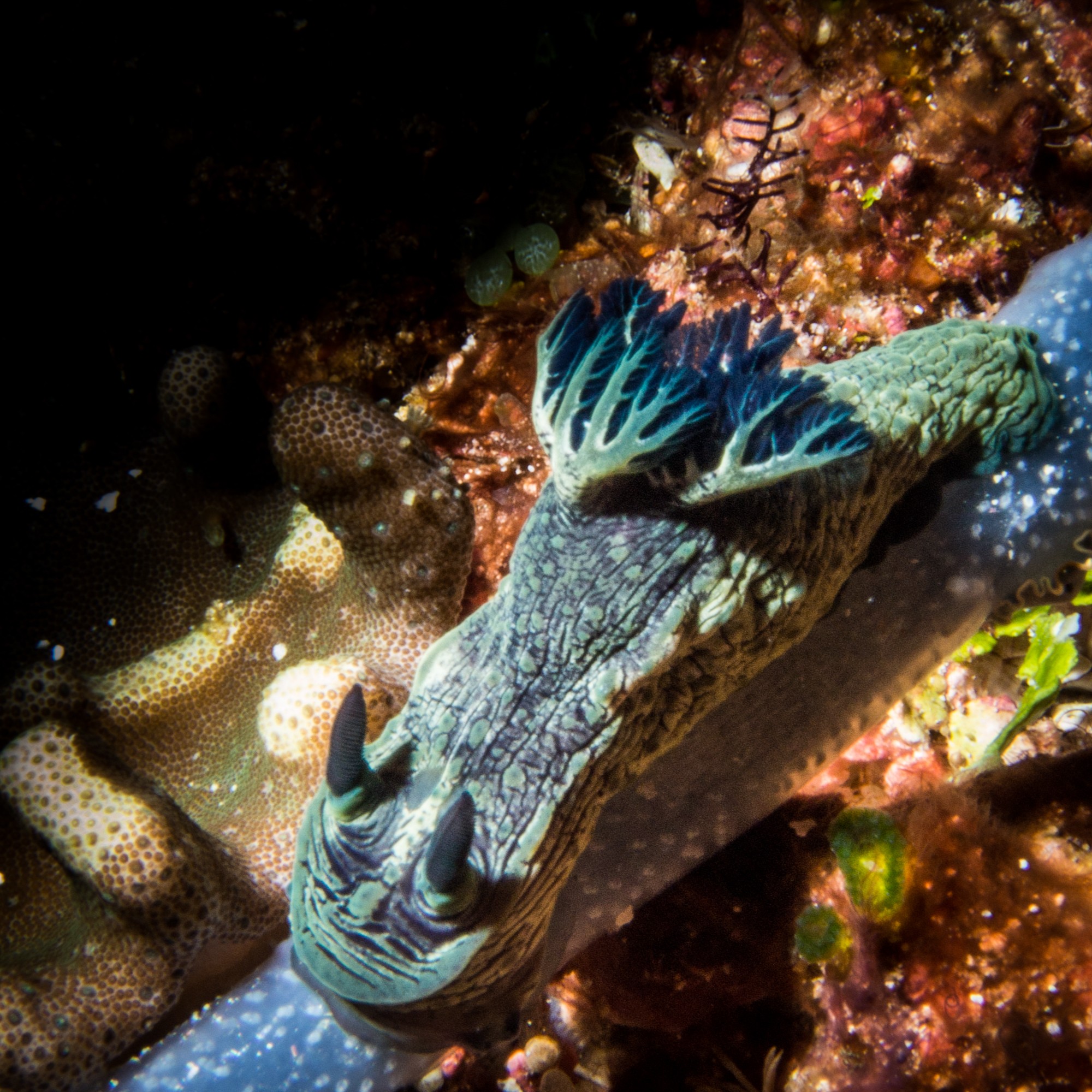
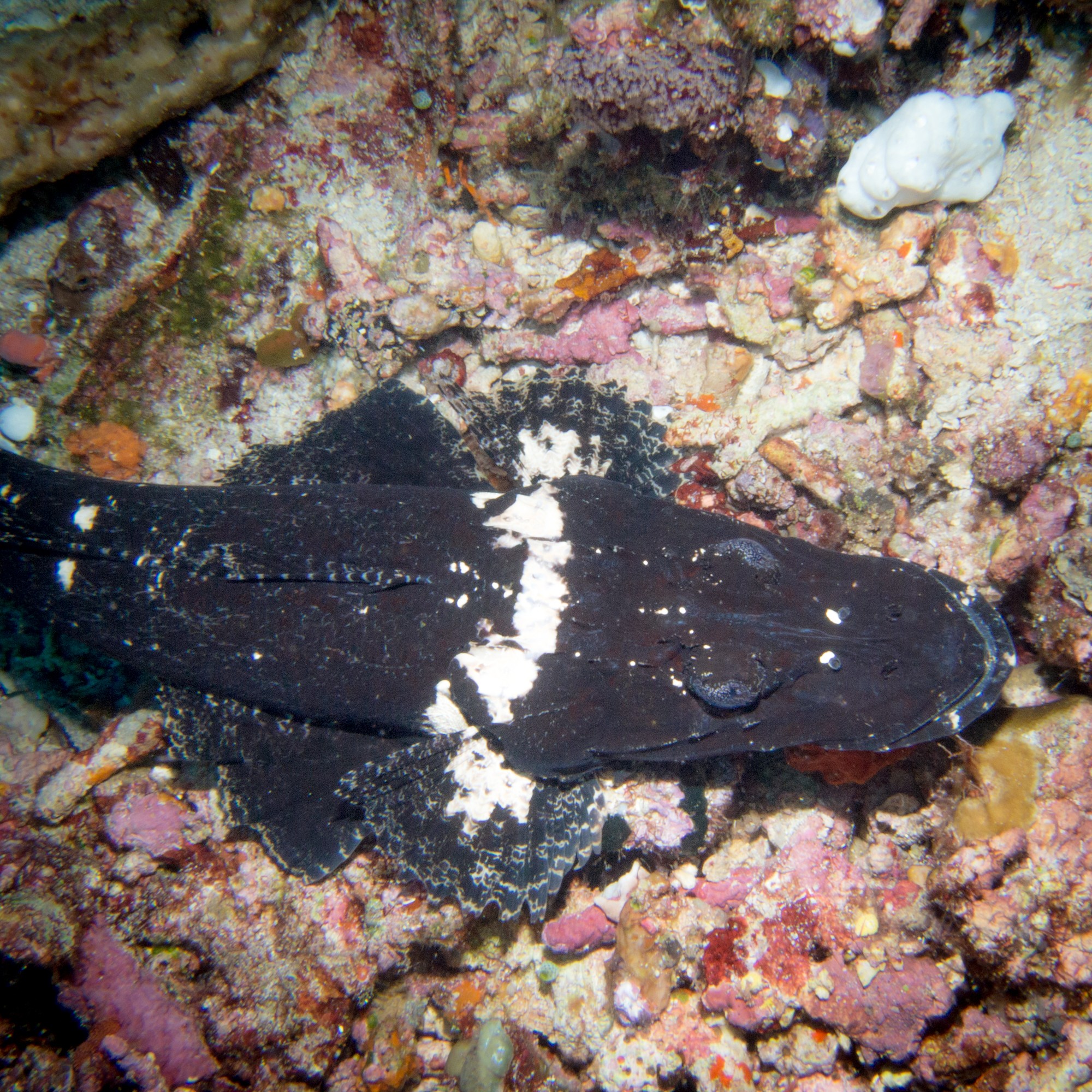
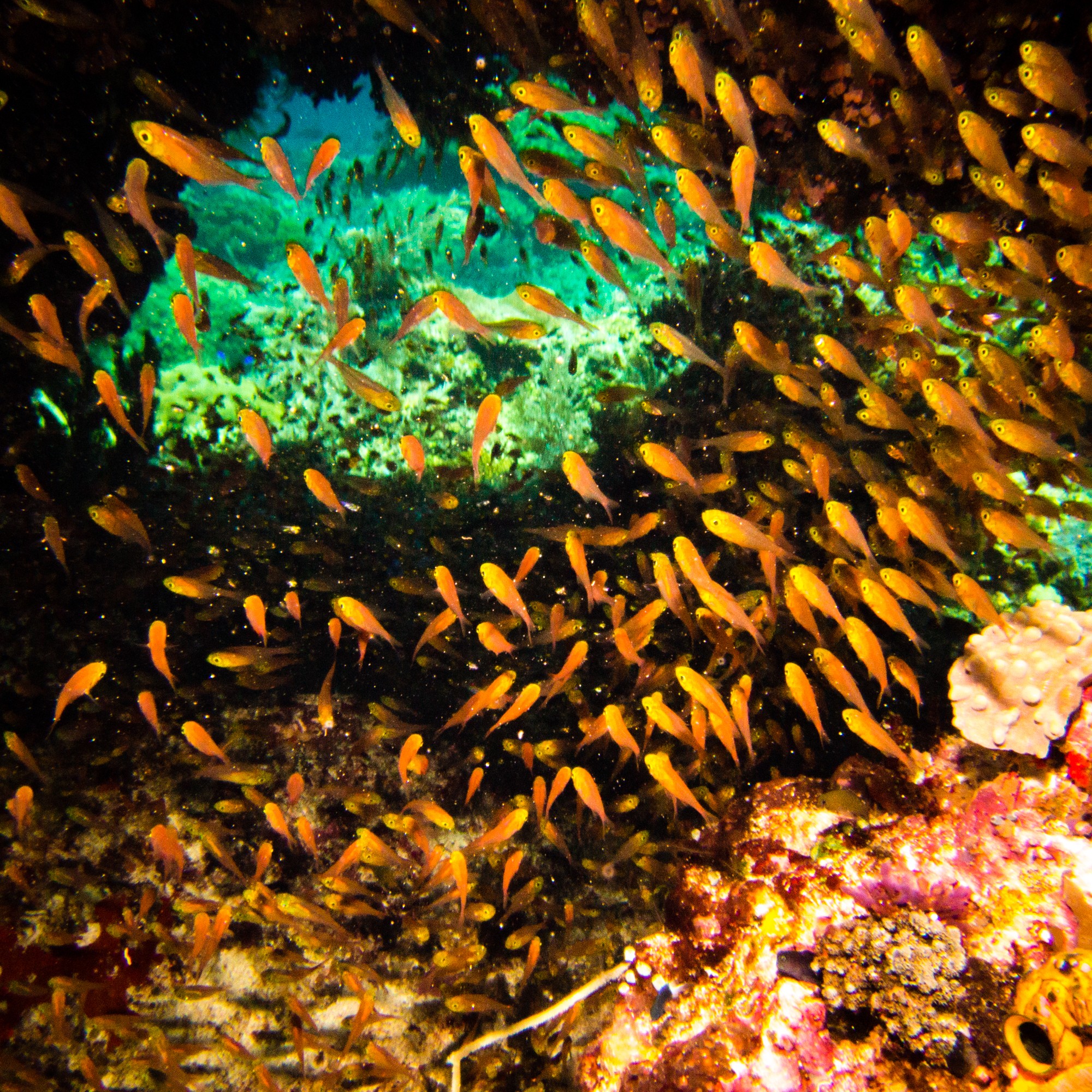
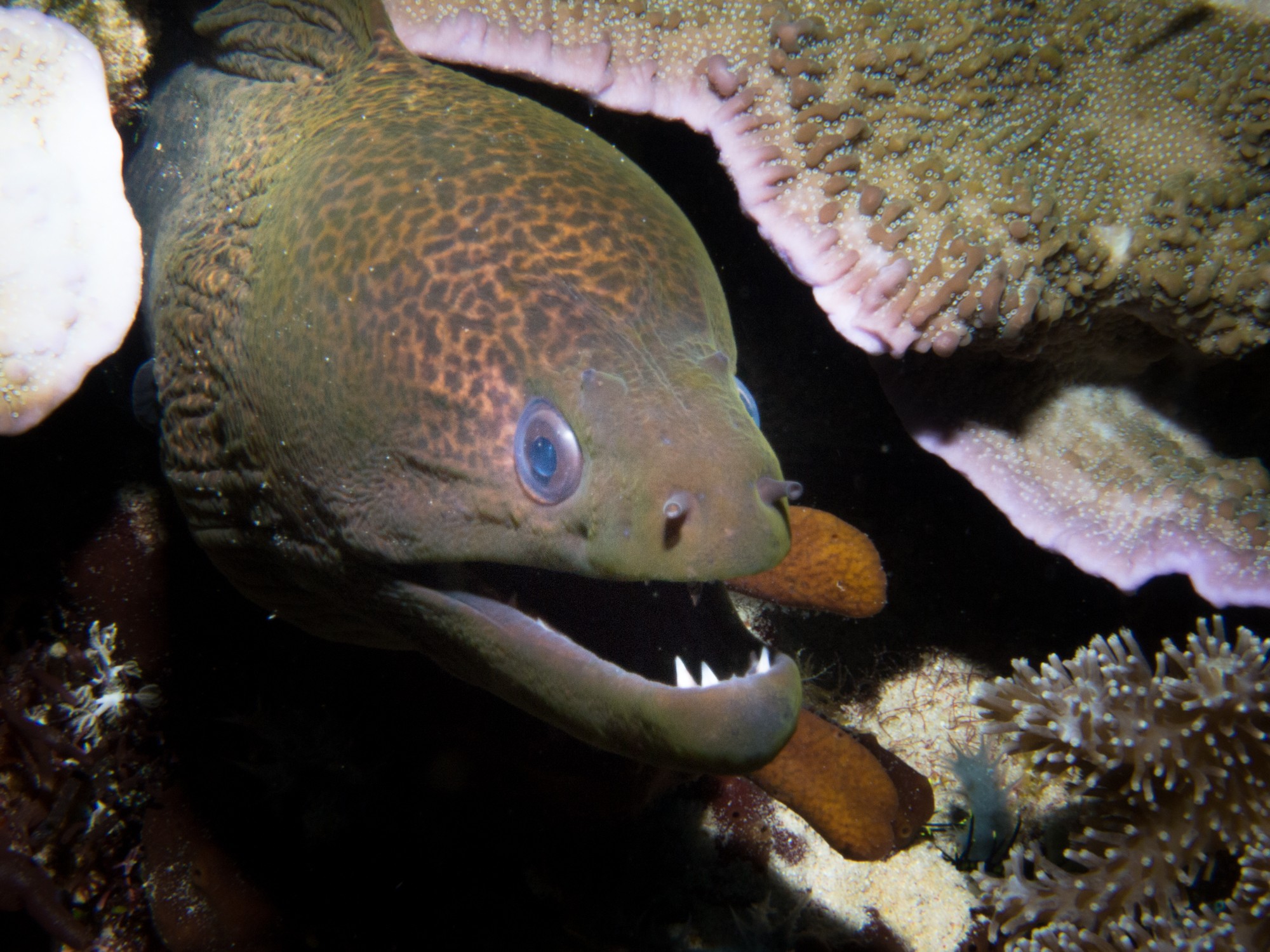
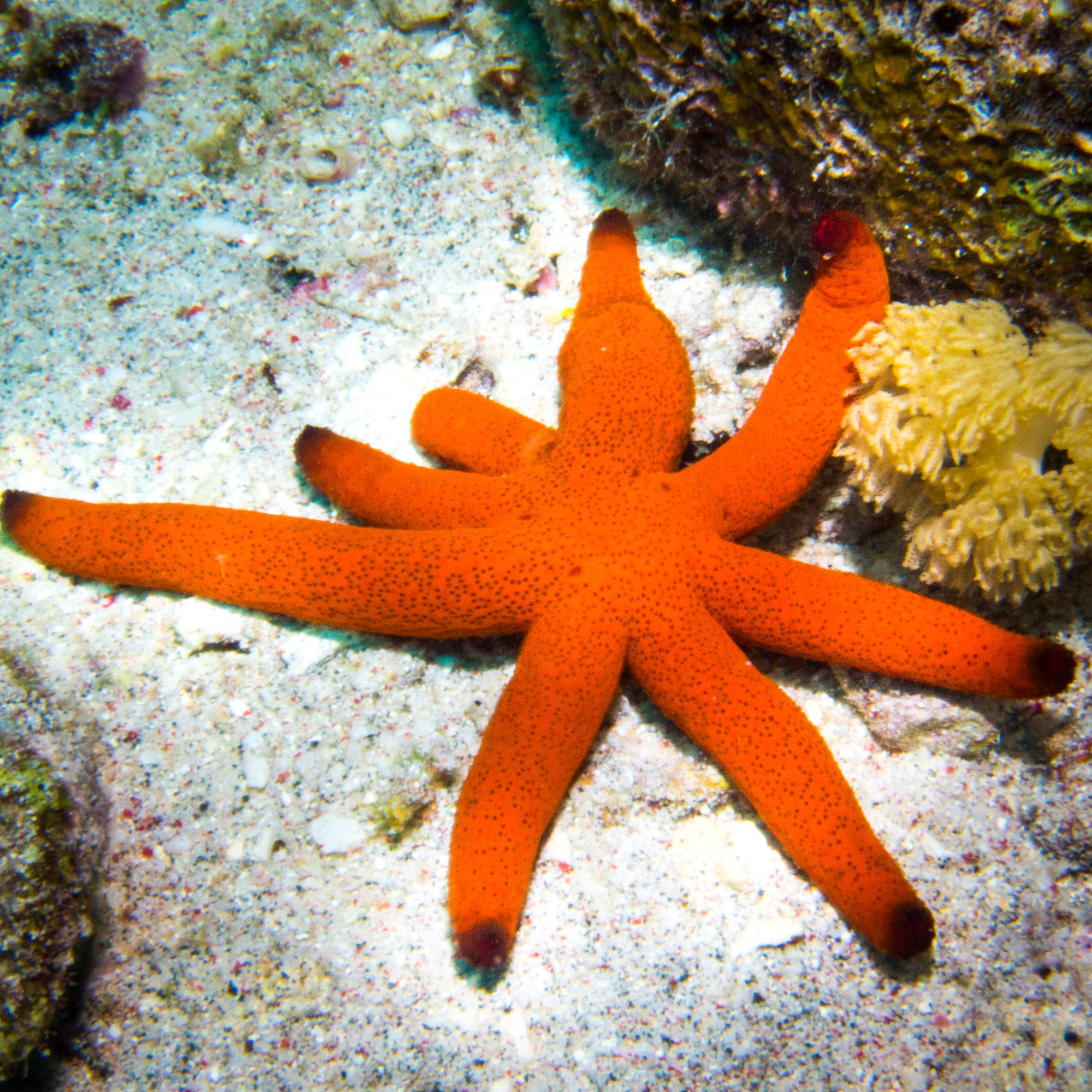
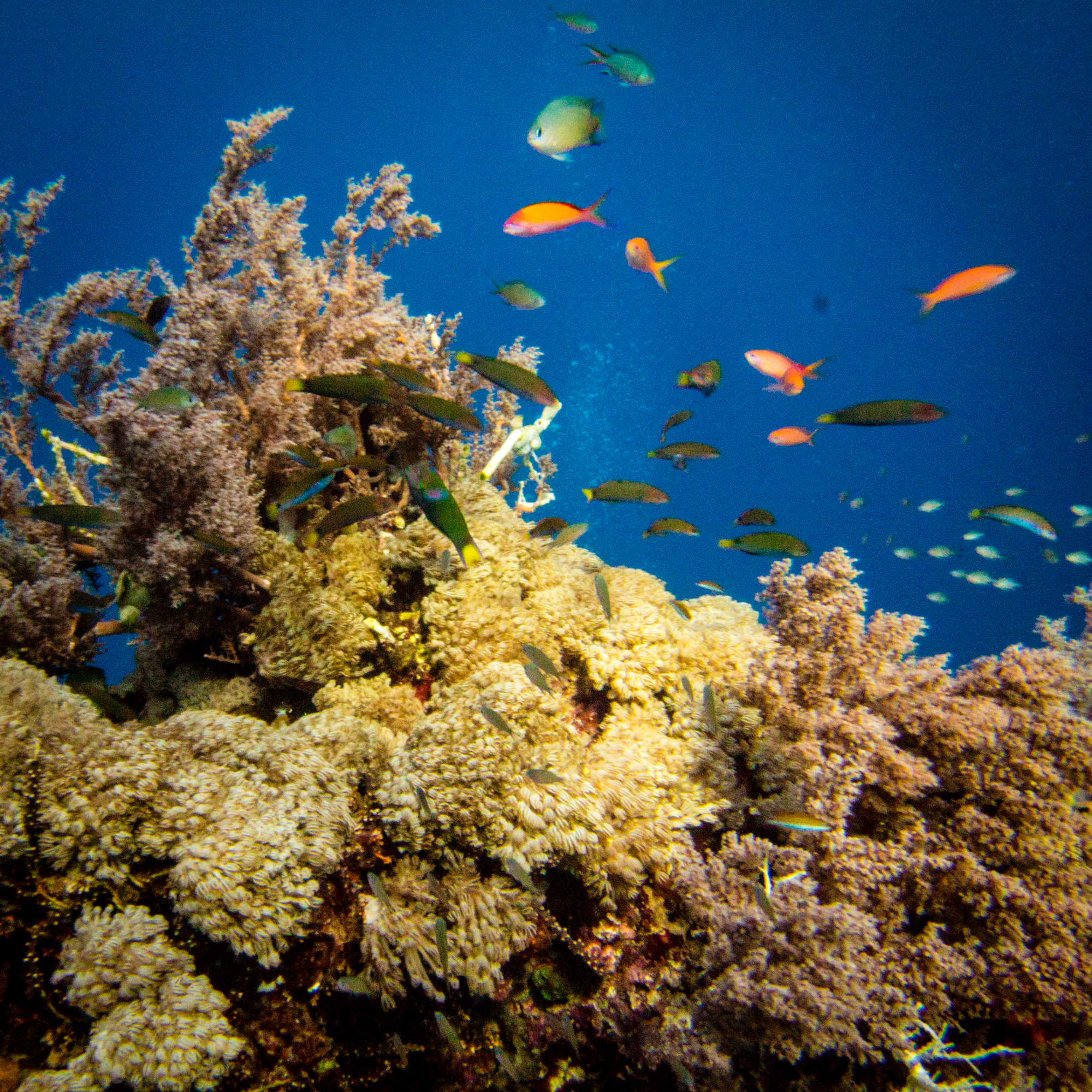
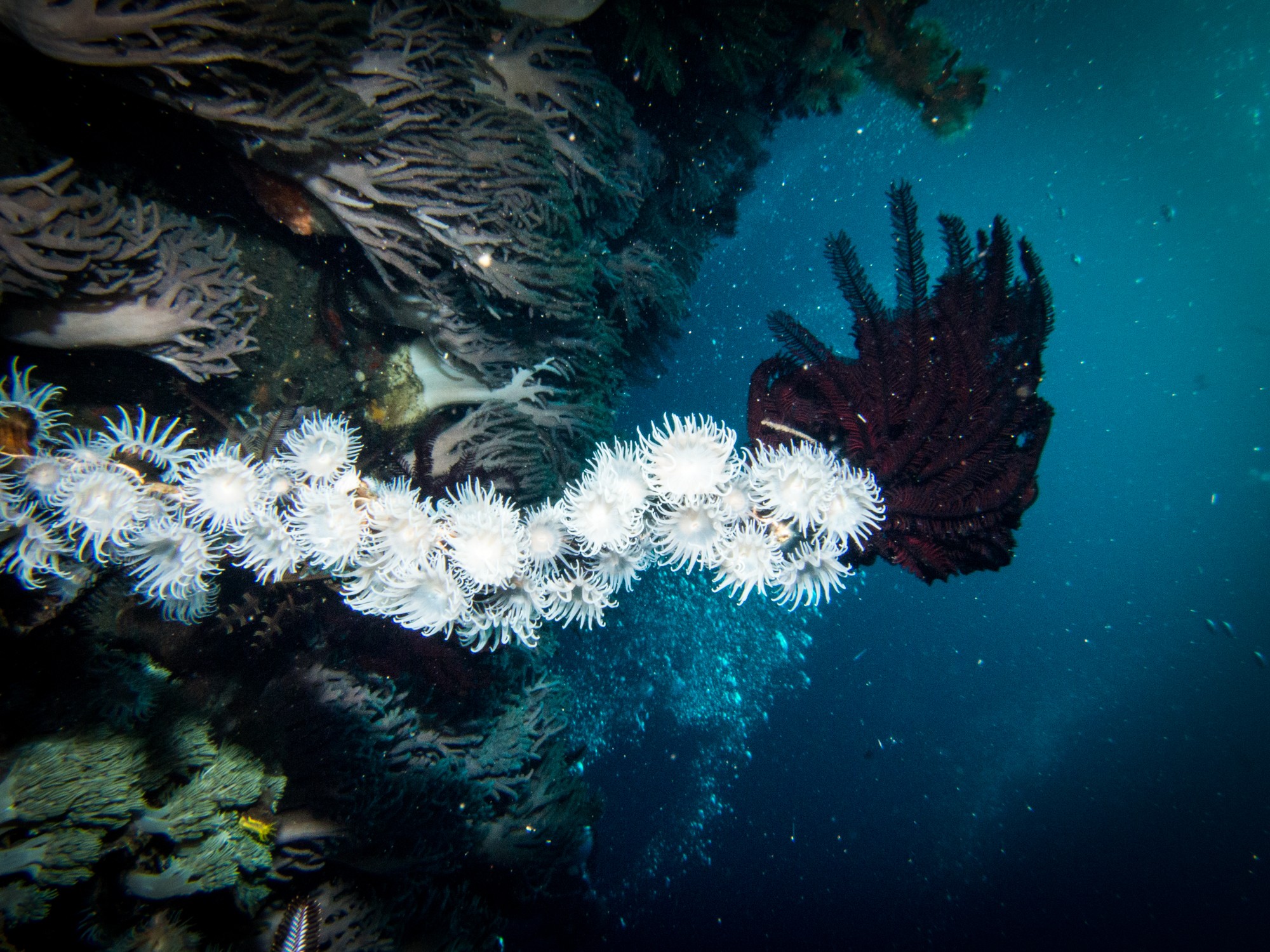
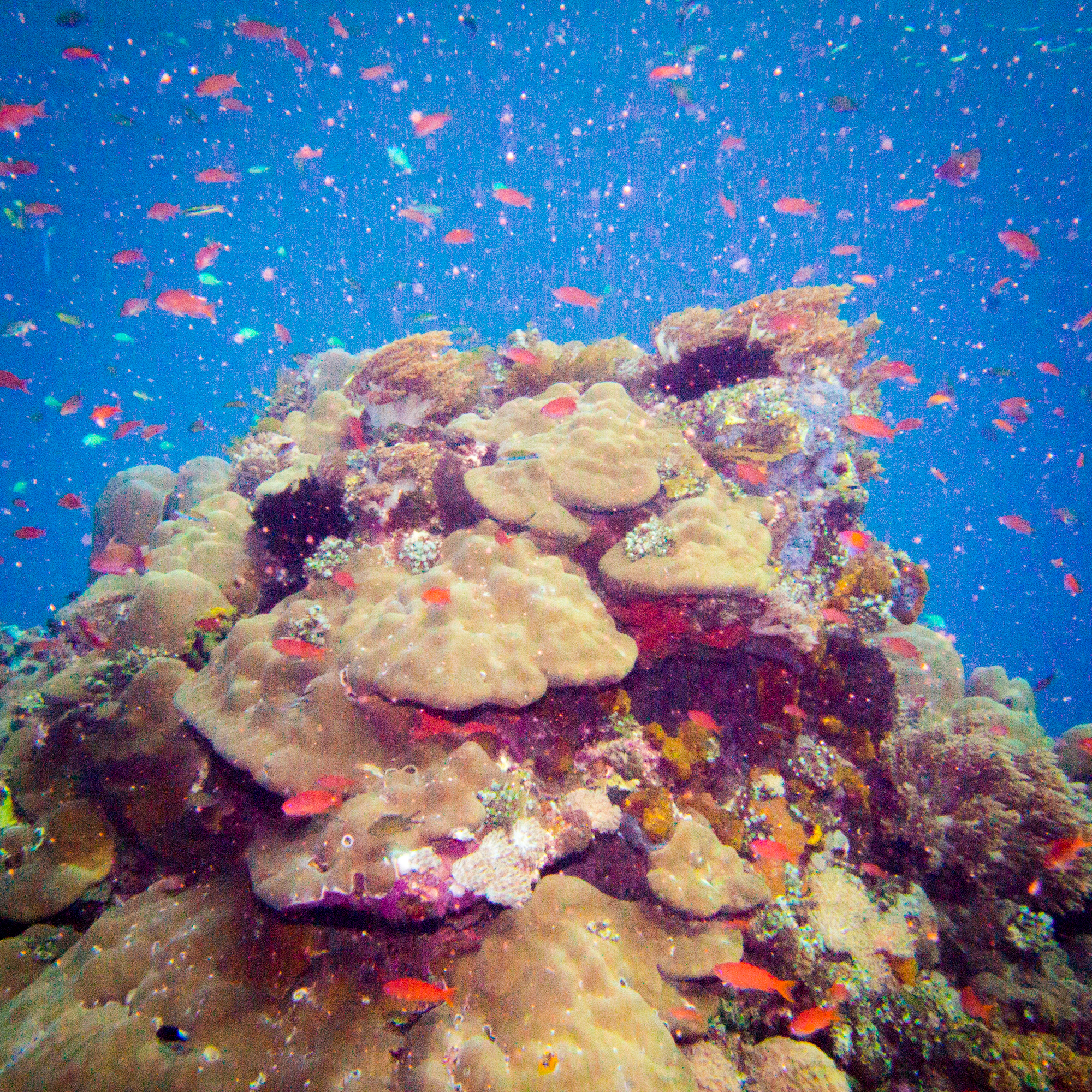
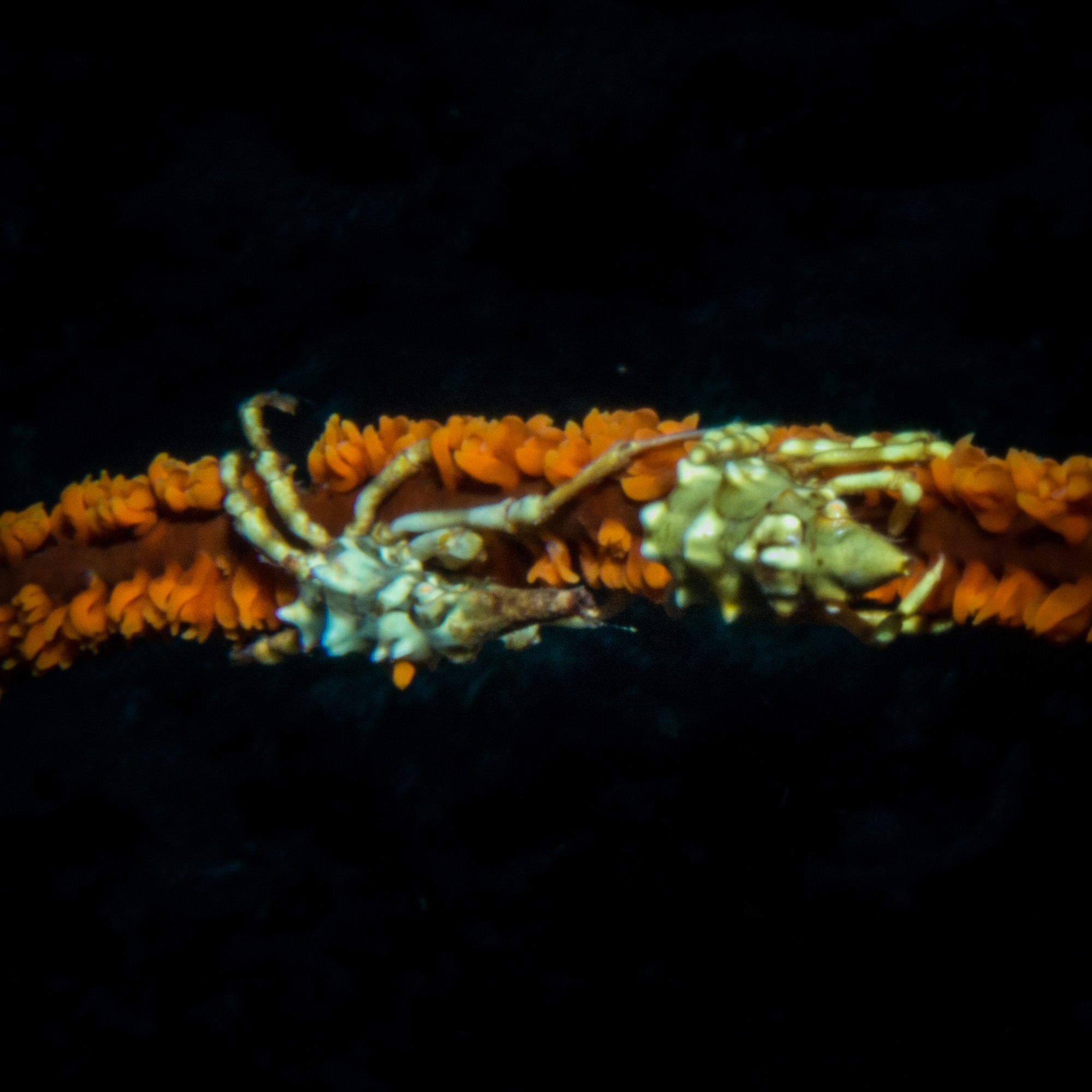
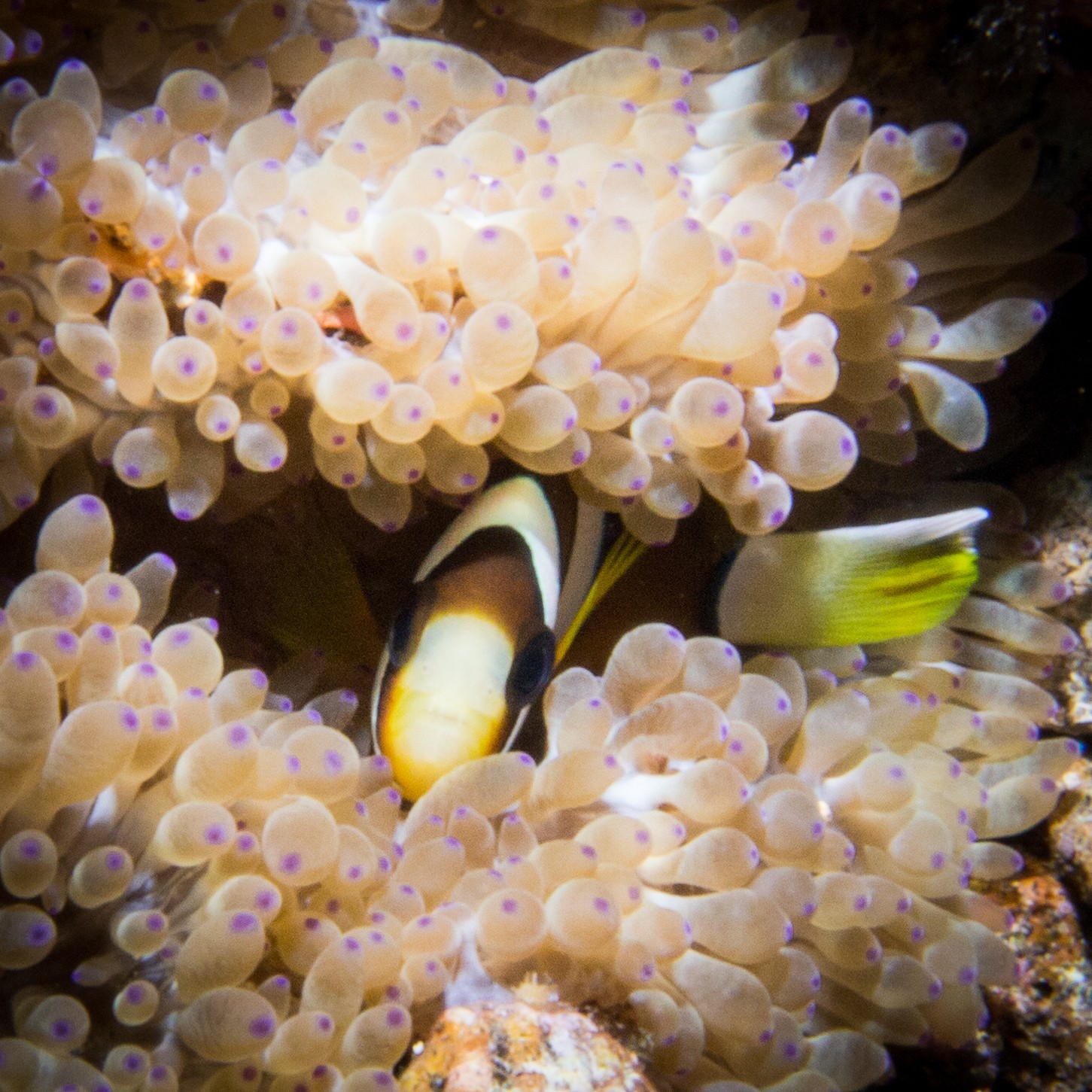
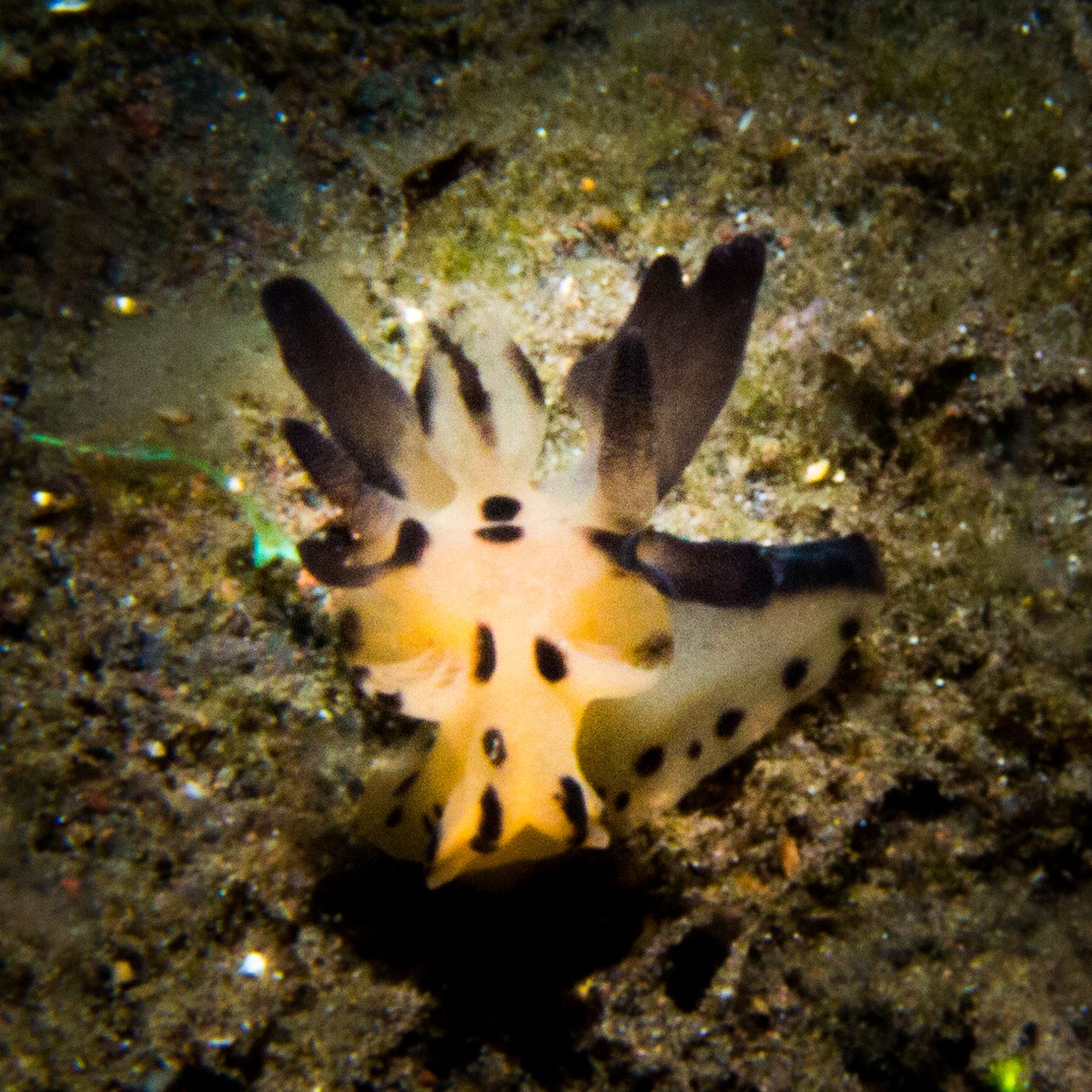
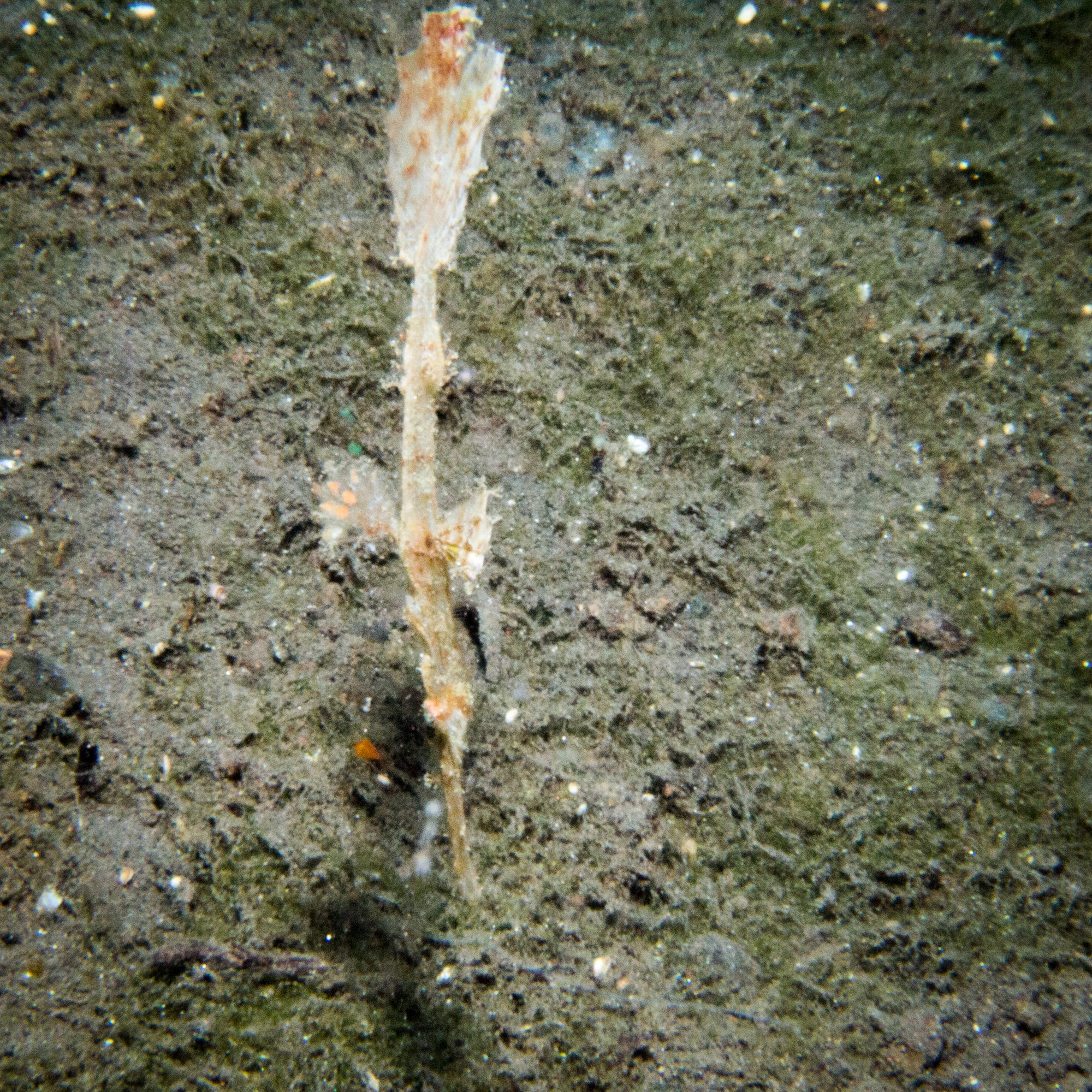
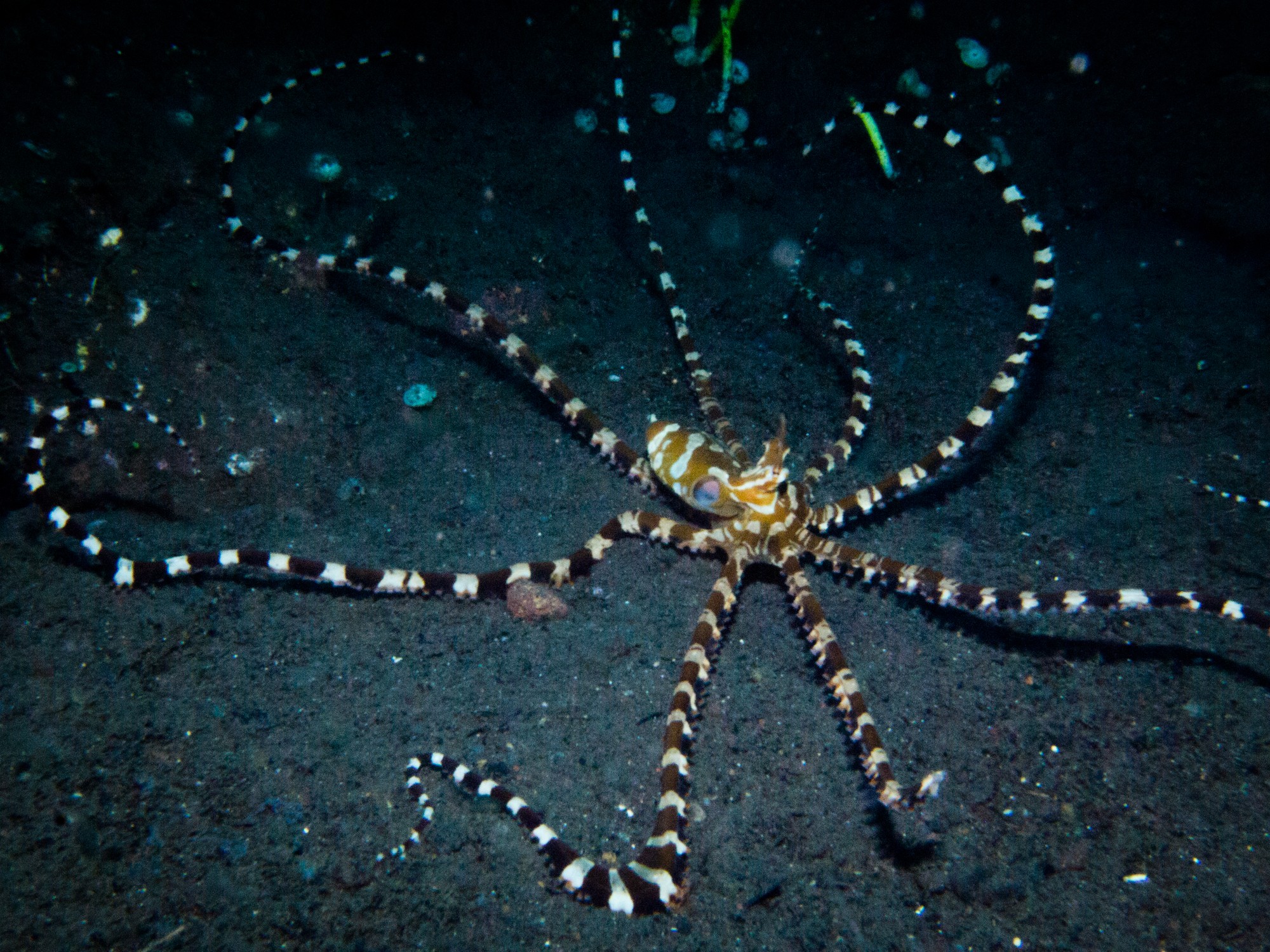
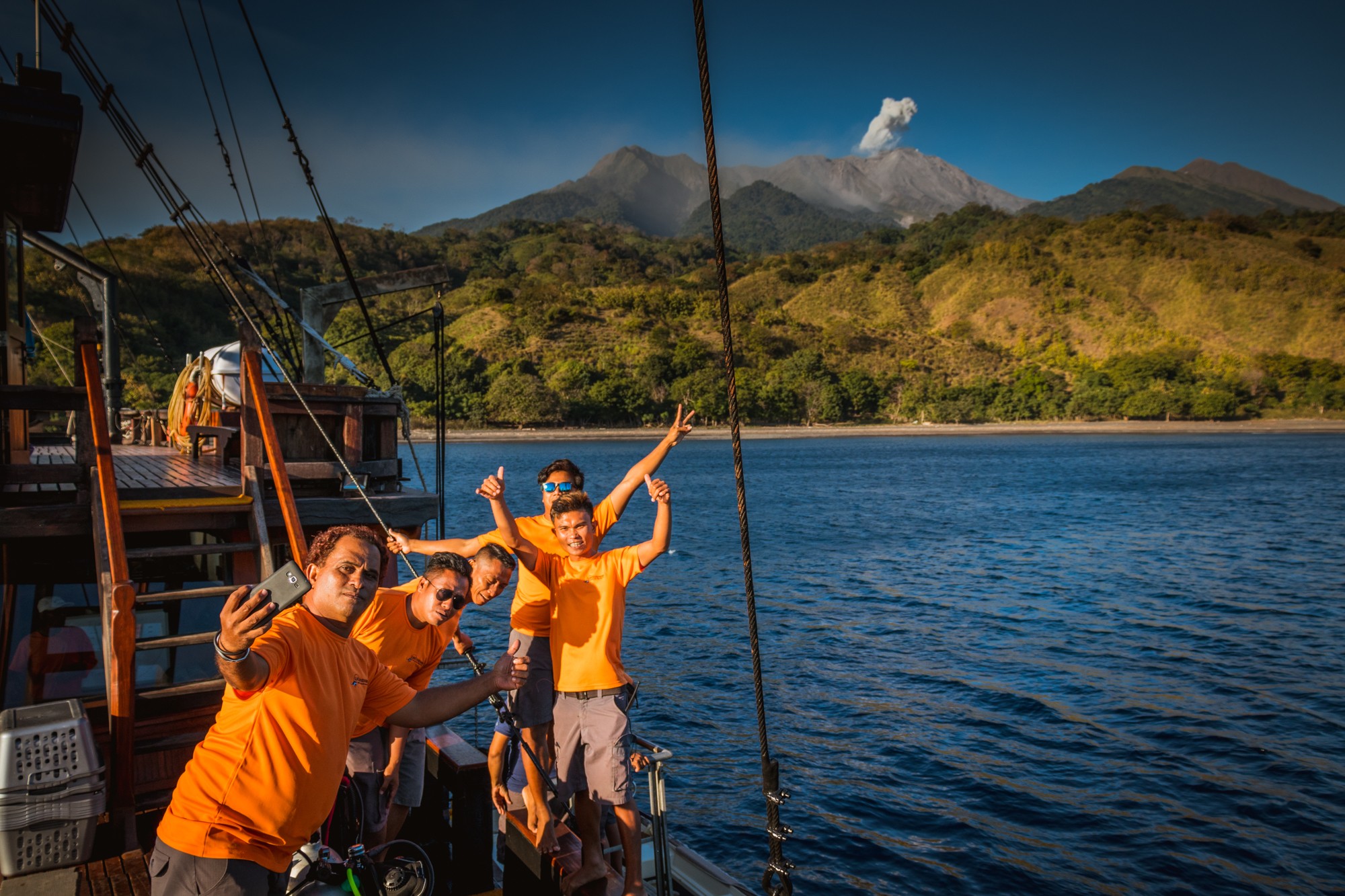
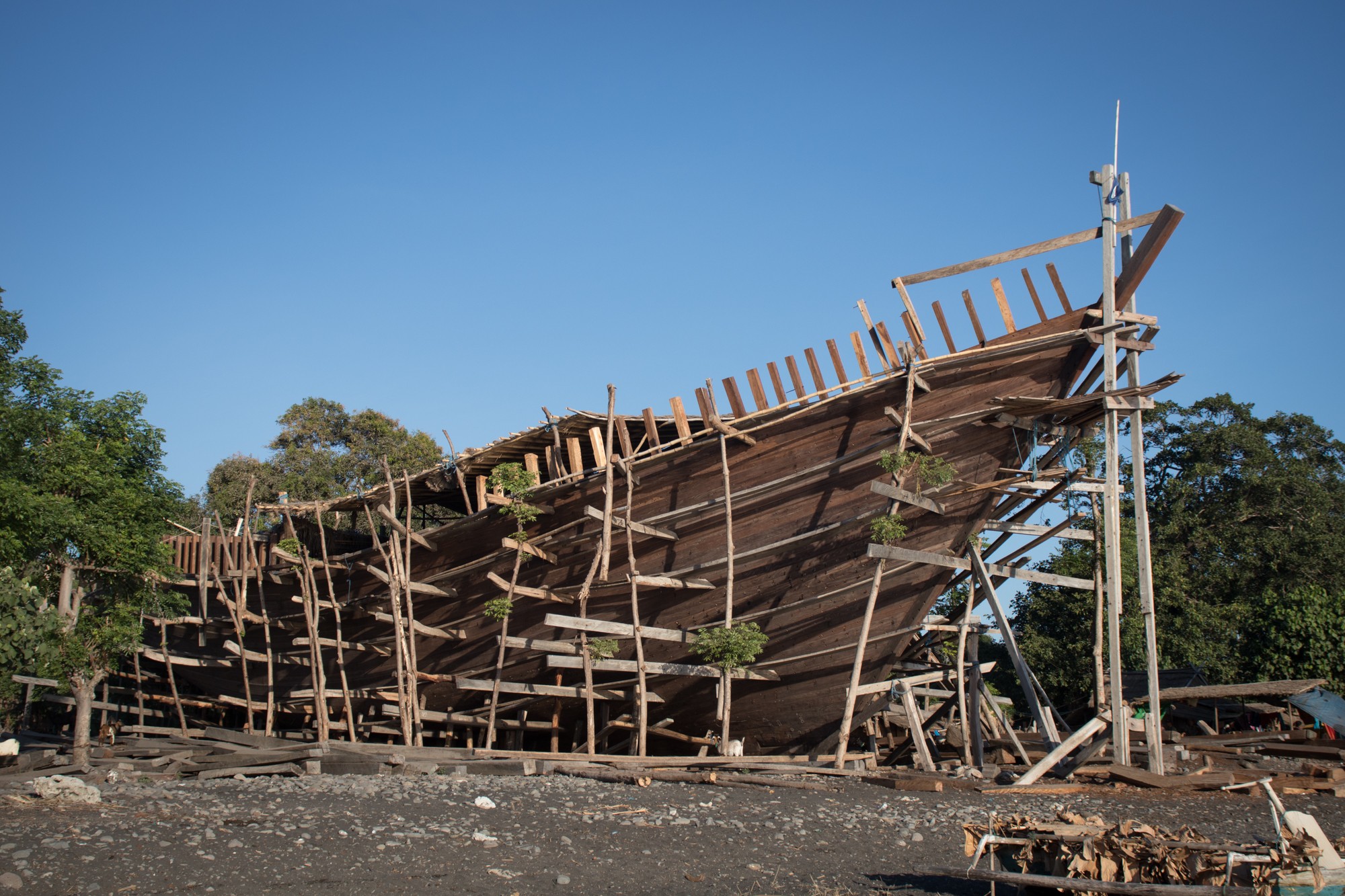
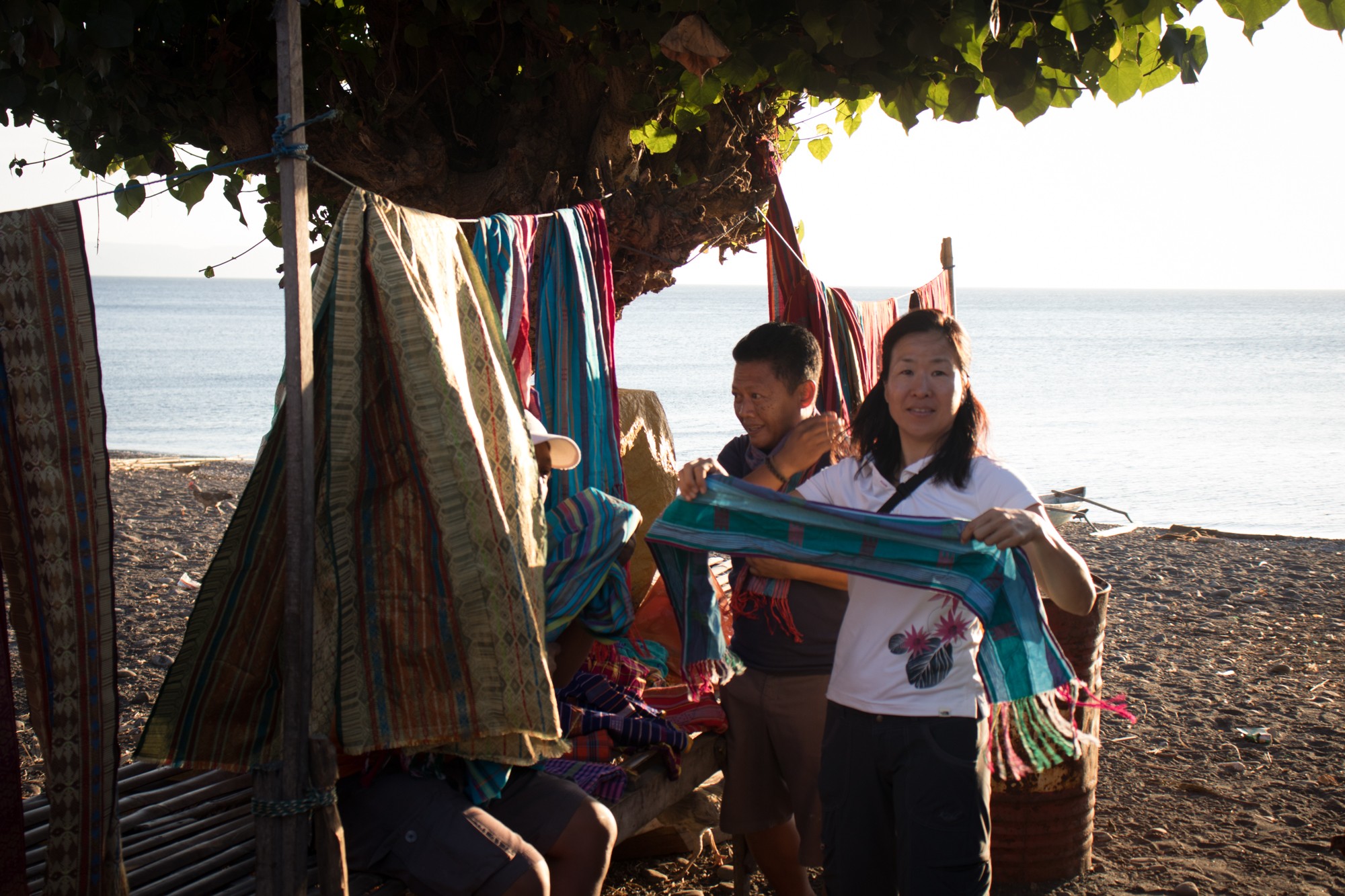
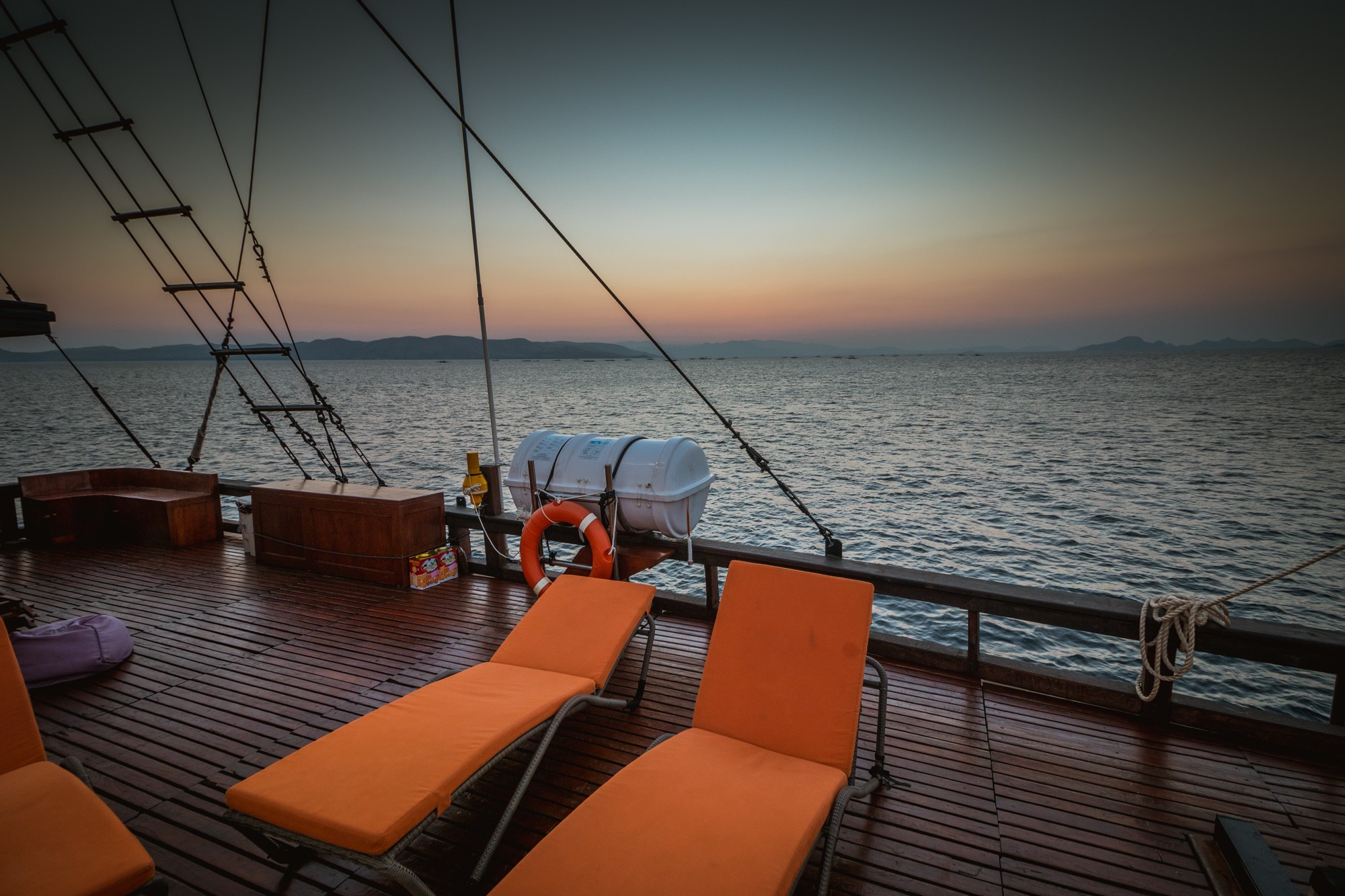
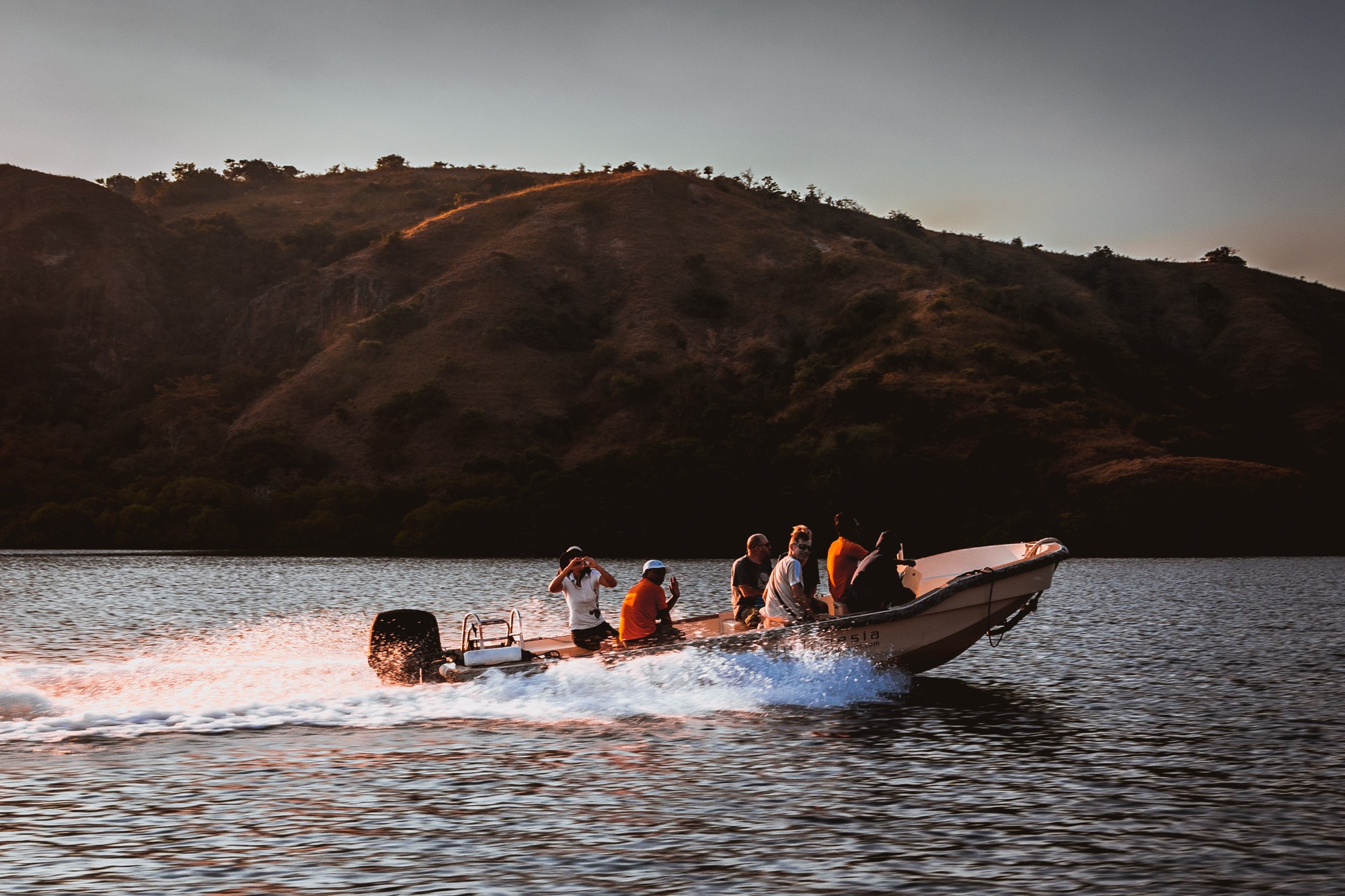
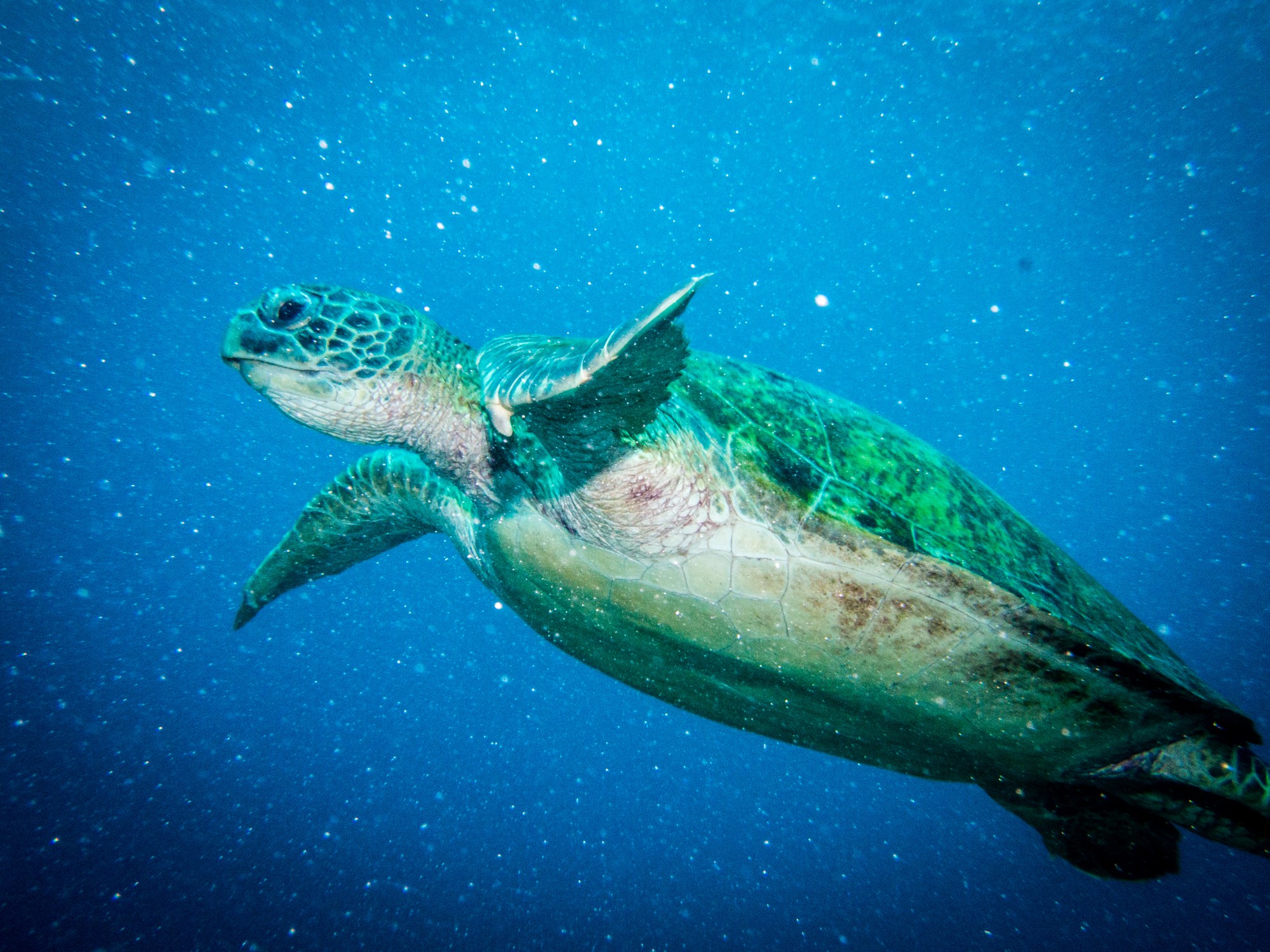
The photos are beautiful. I’ve only gone on a diving cruise twice. I loved the photo of the beach too! Looks so peaceful. The K2 dive site at the island of Gili Banta sounds like it’s right up my alley as I love corals.